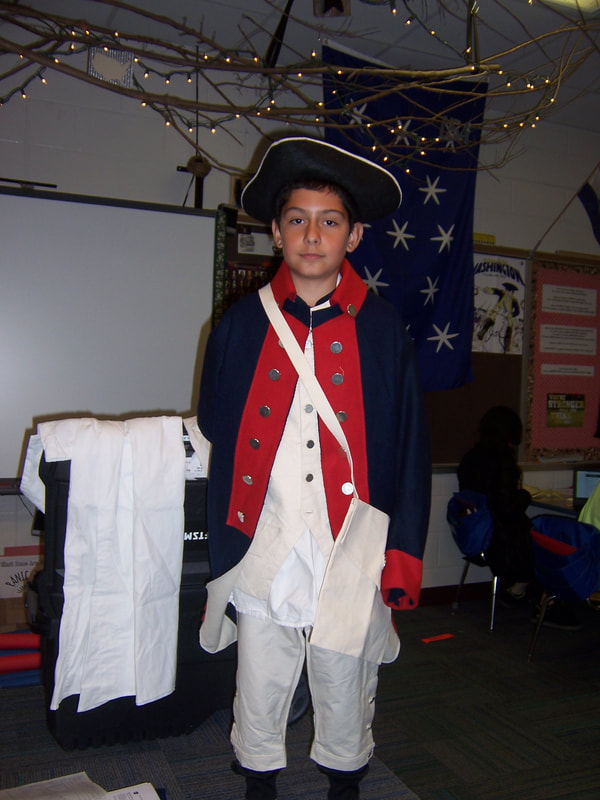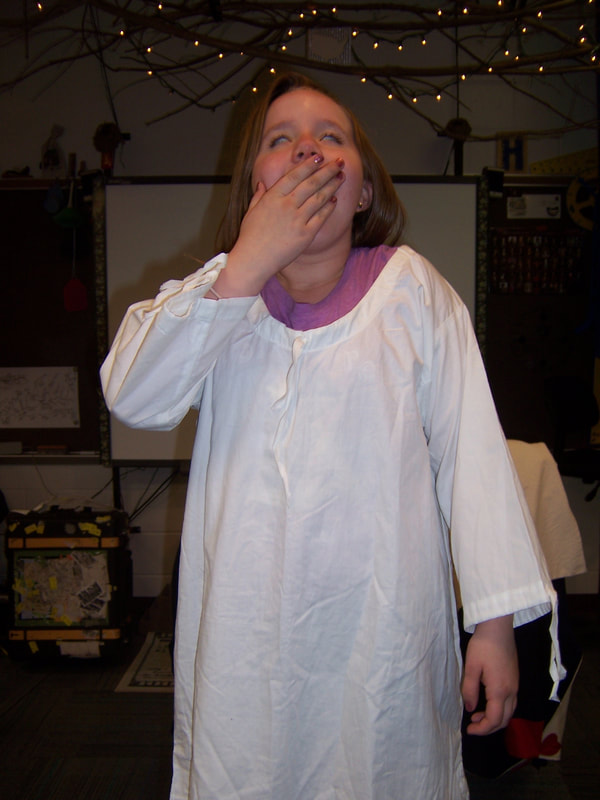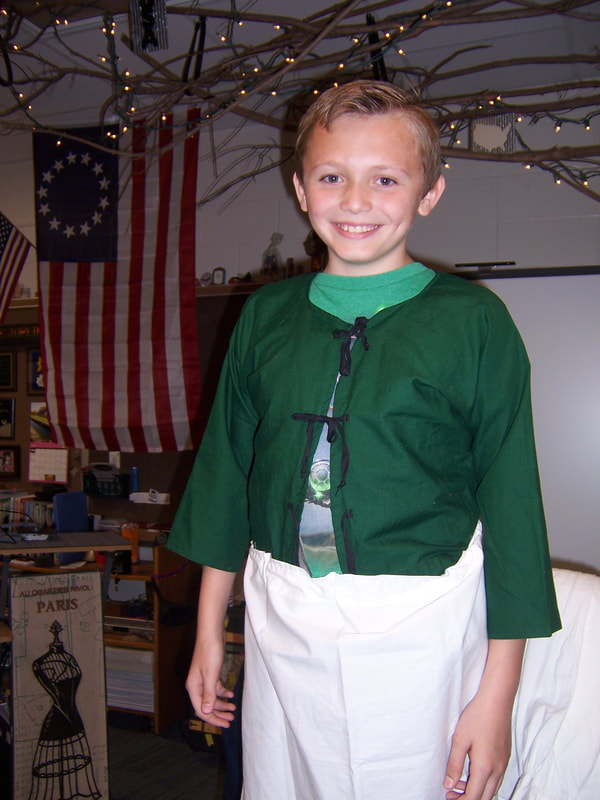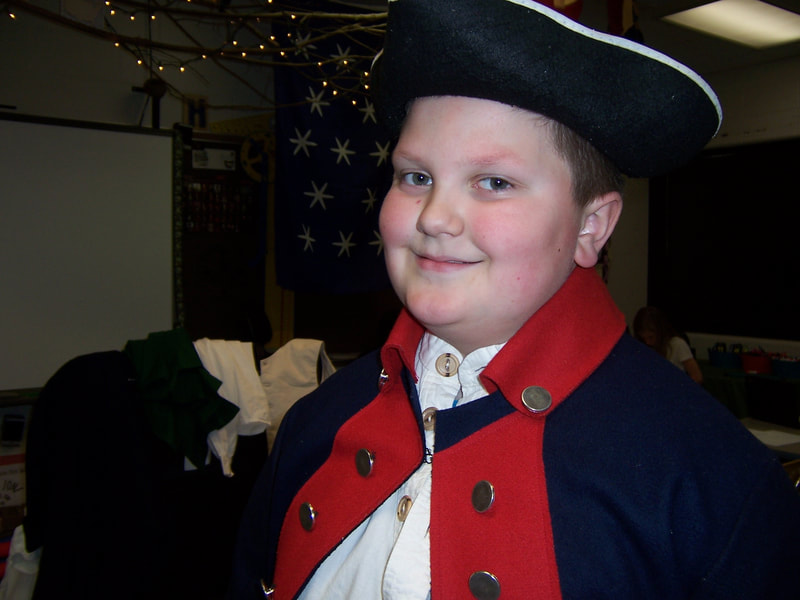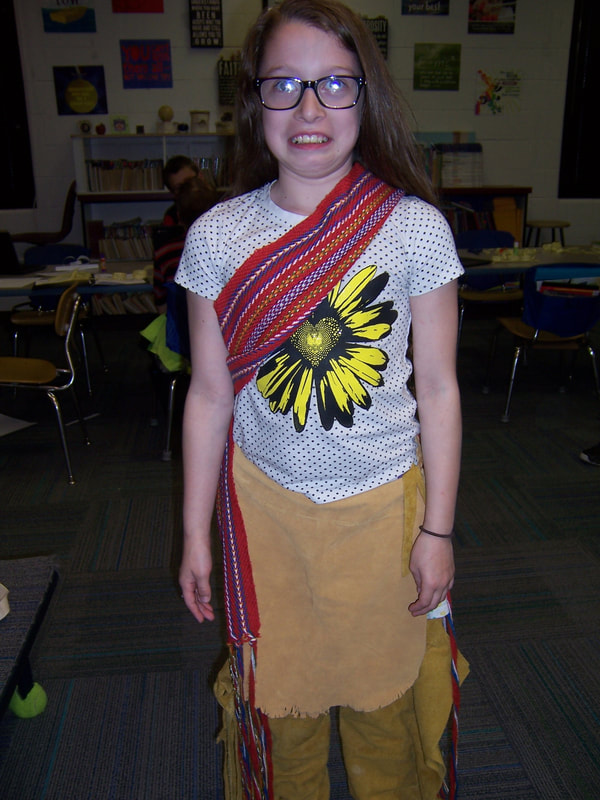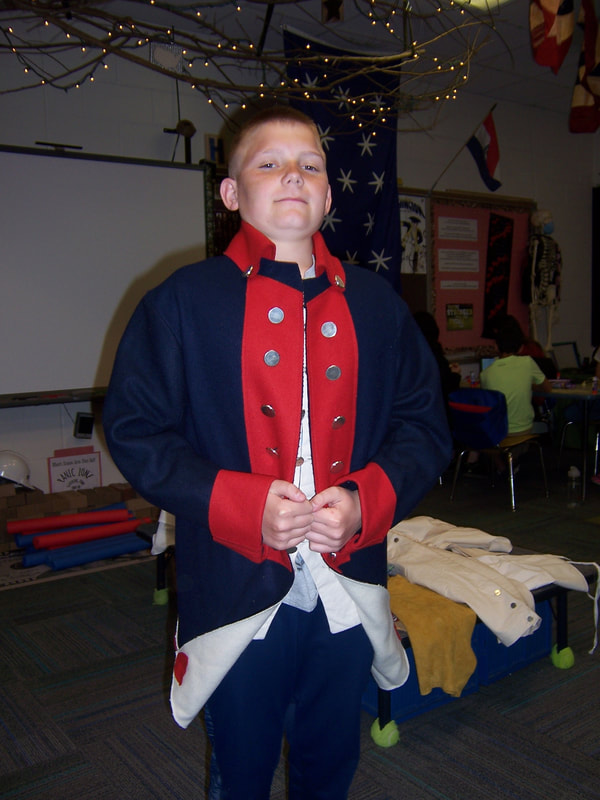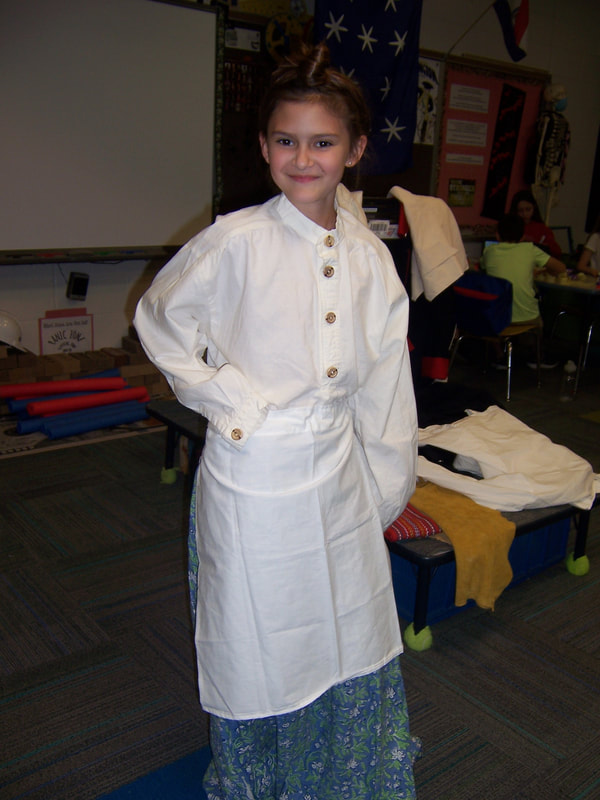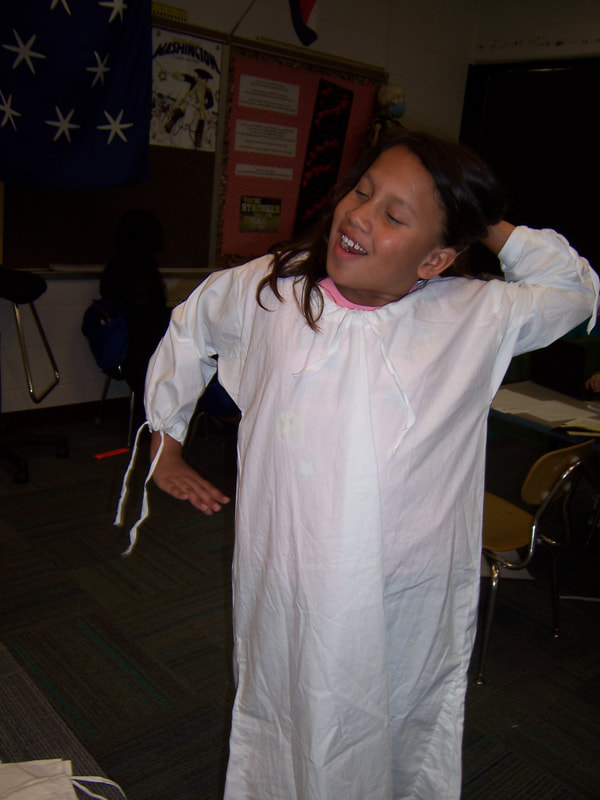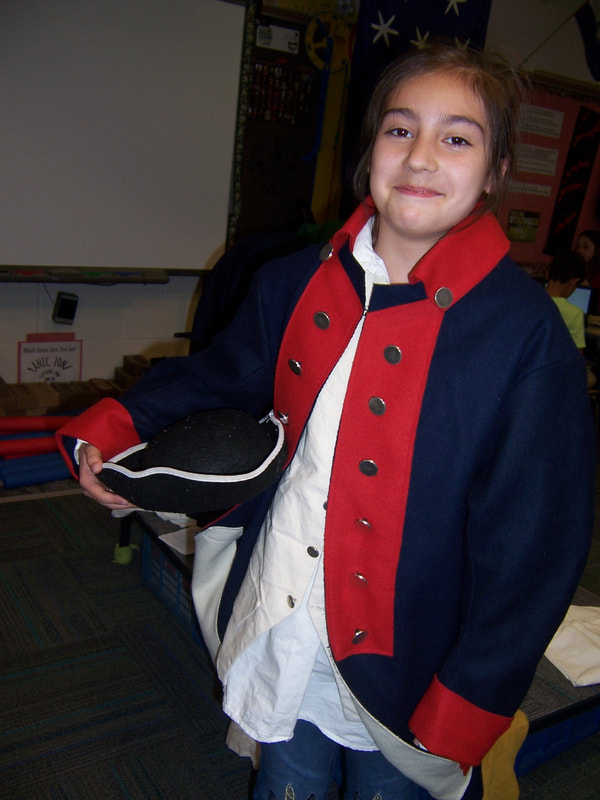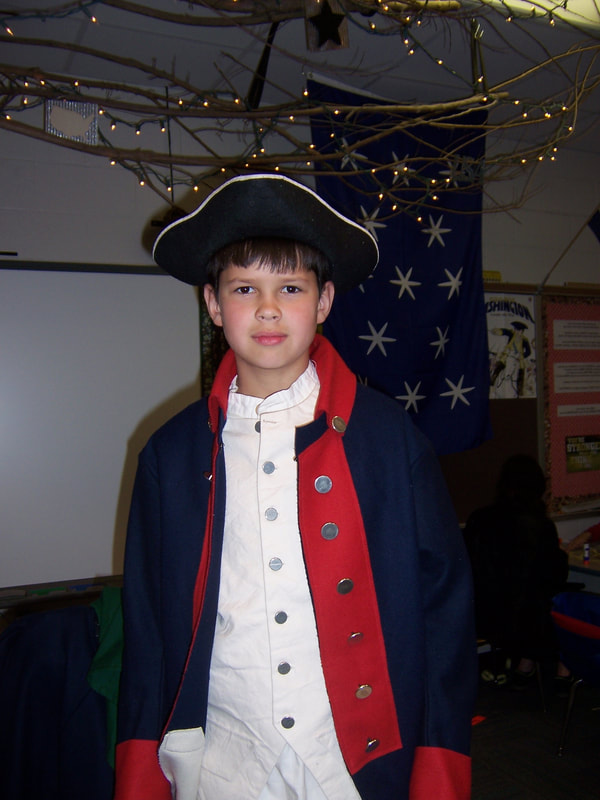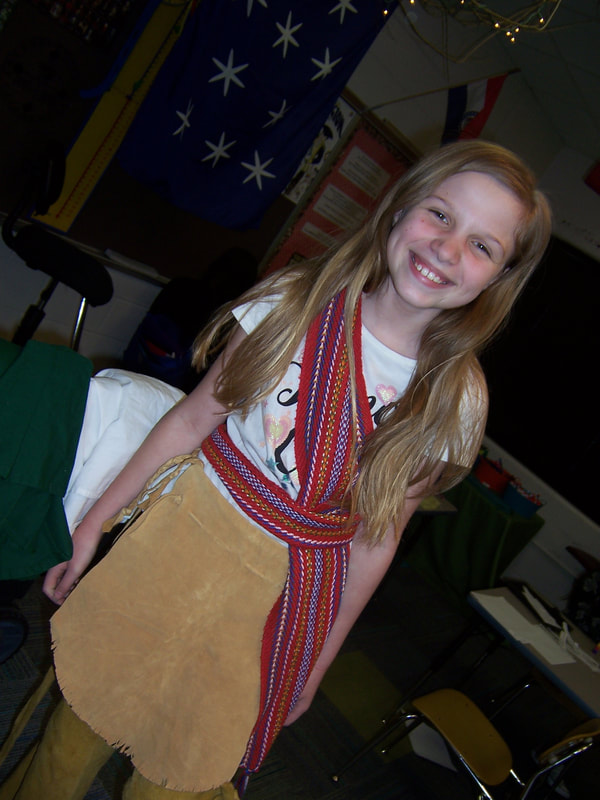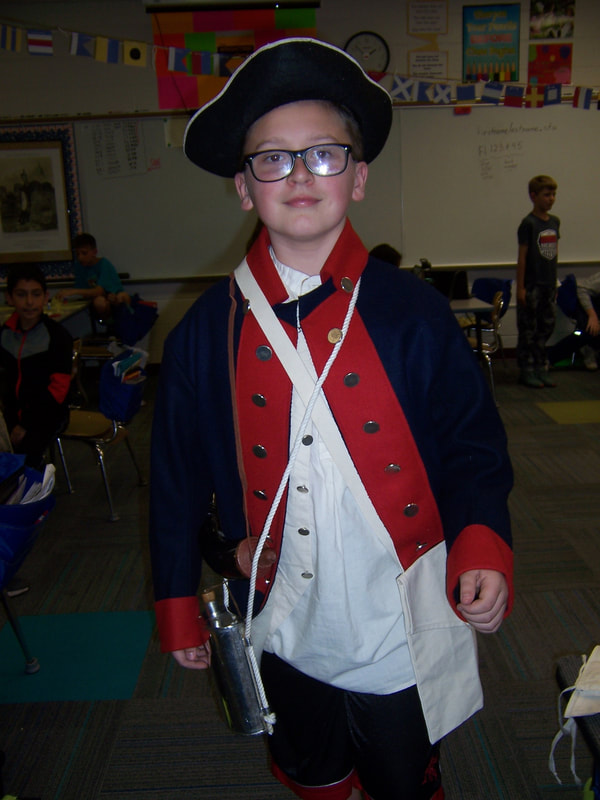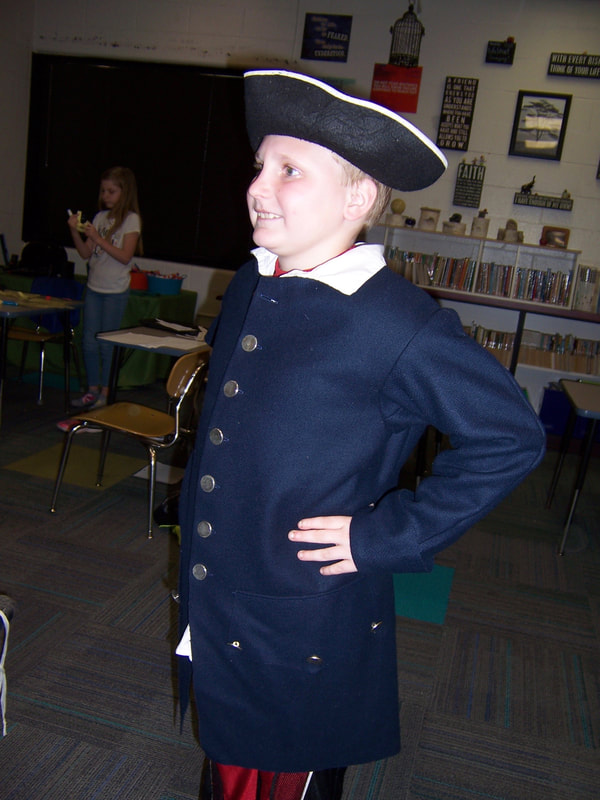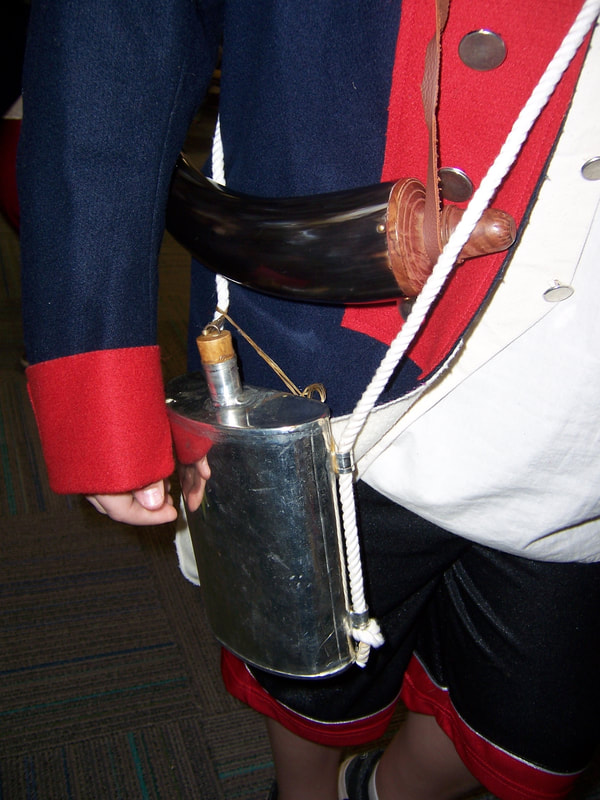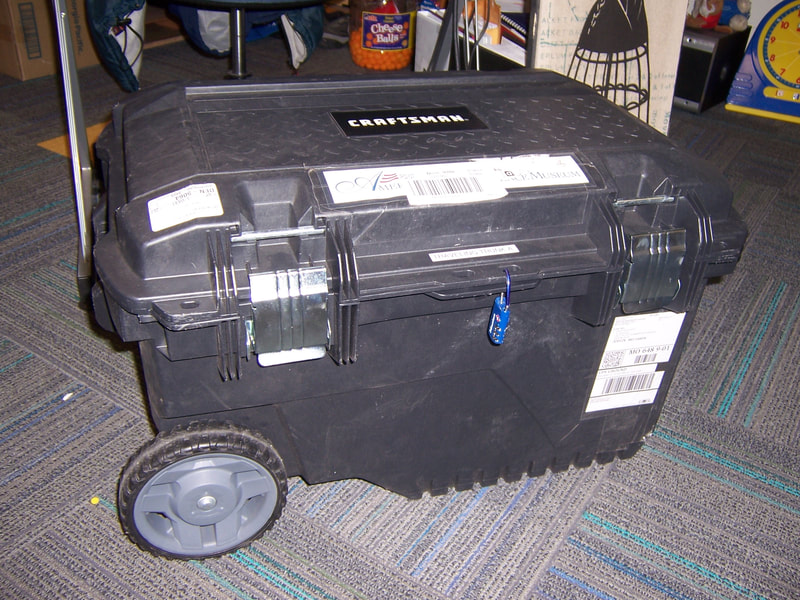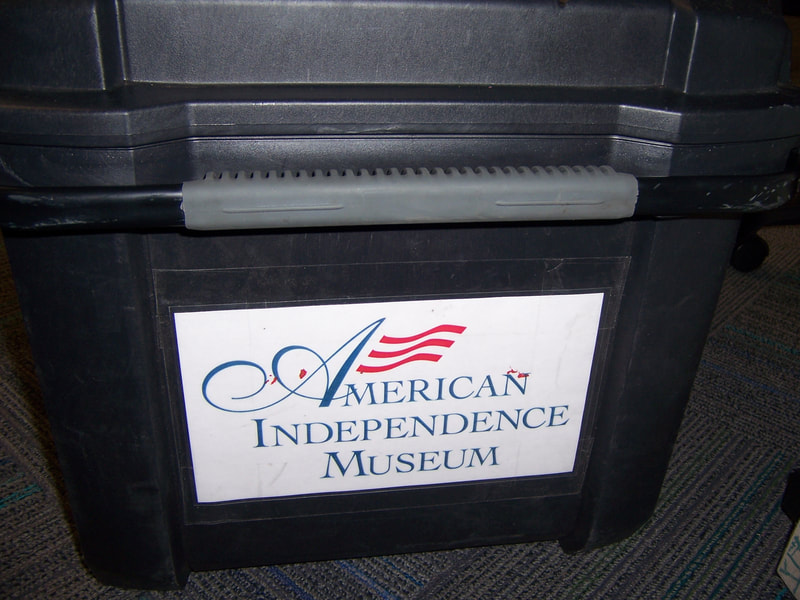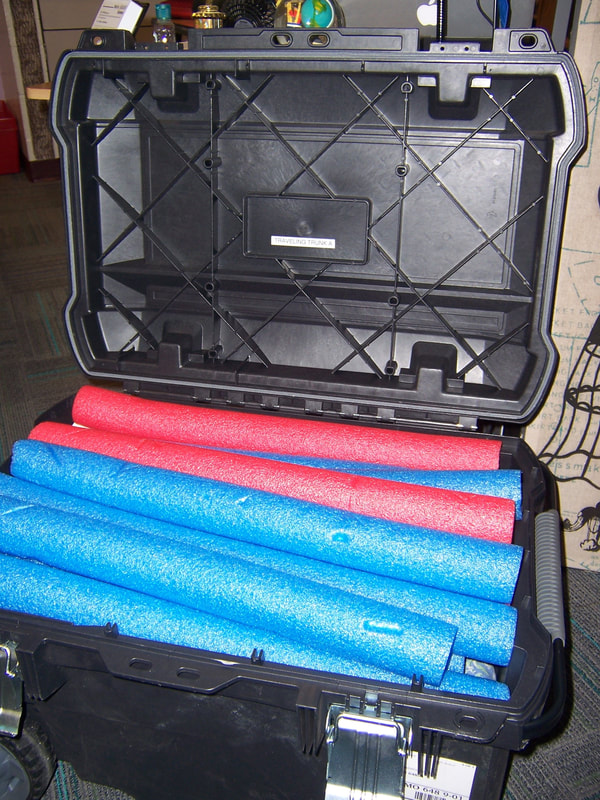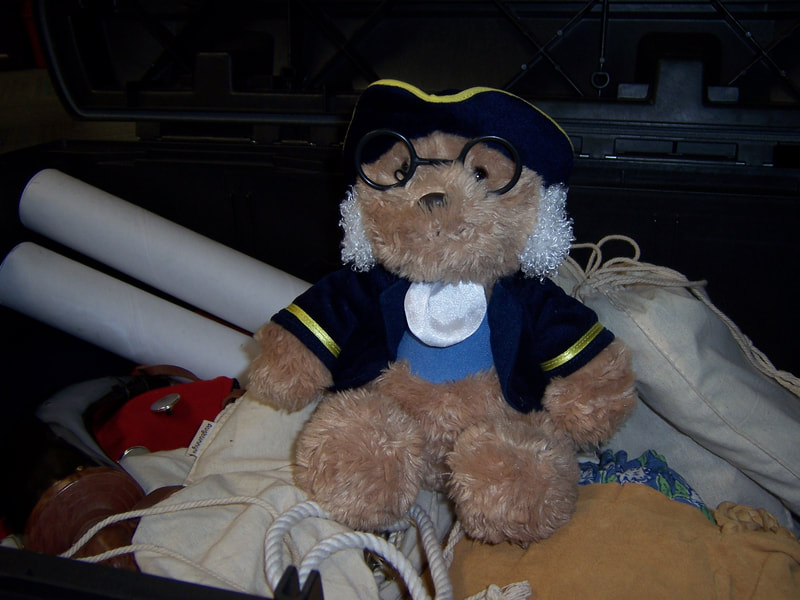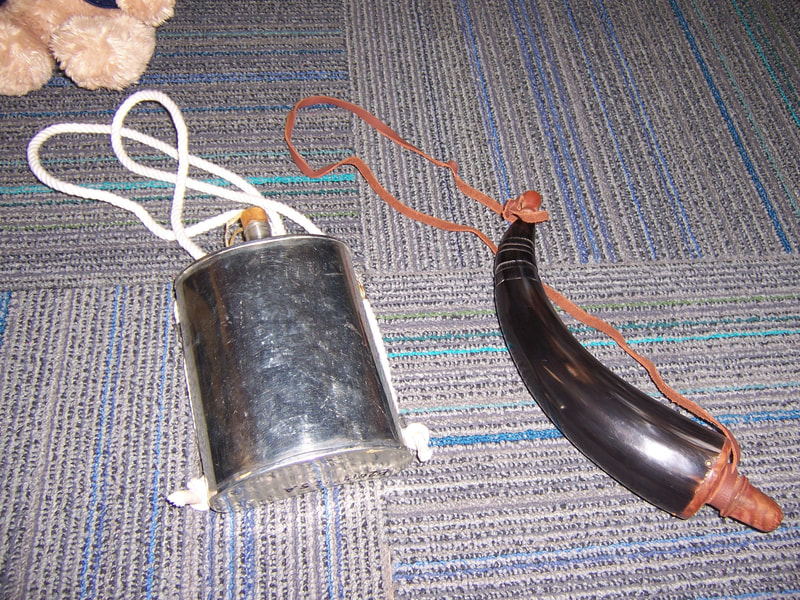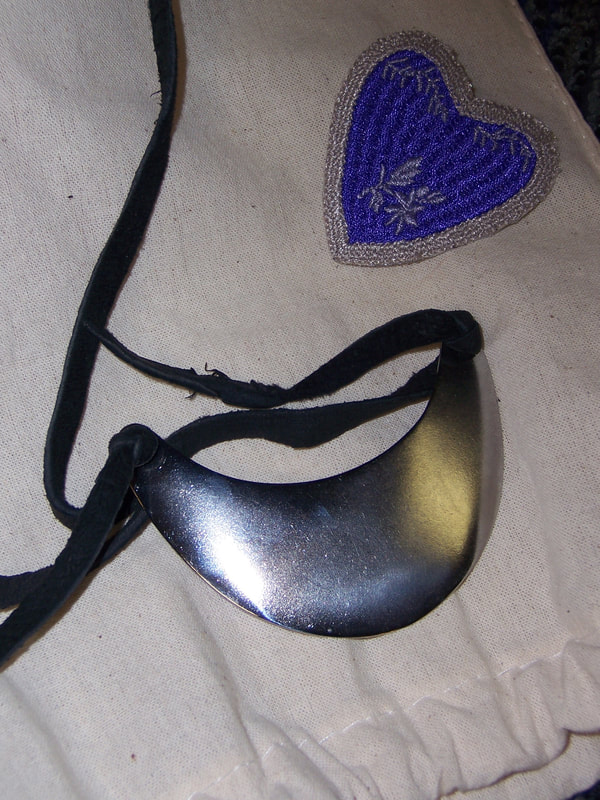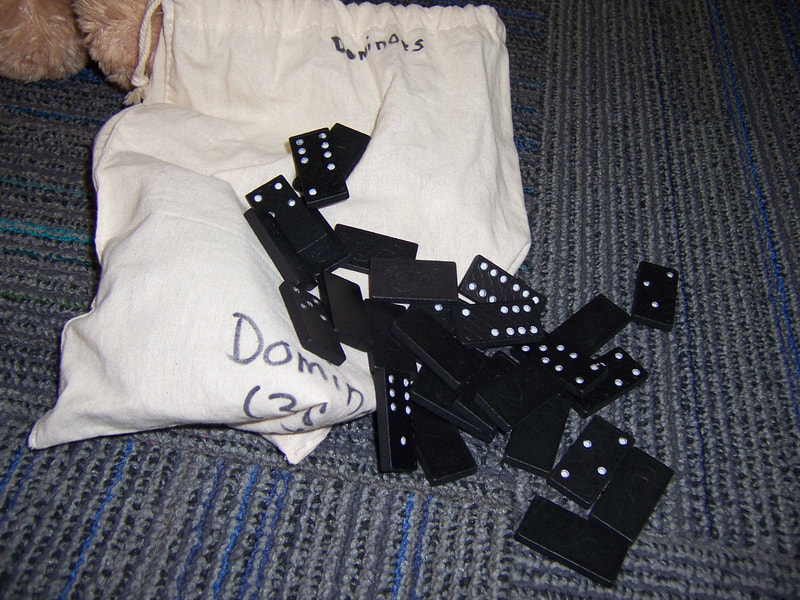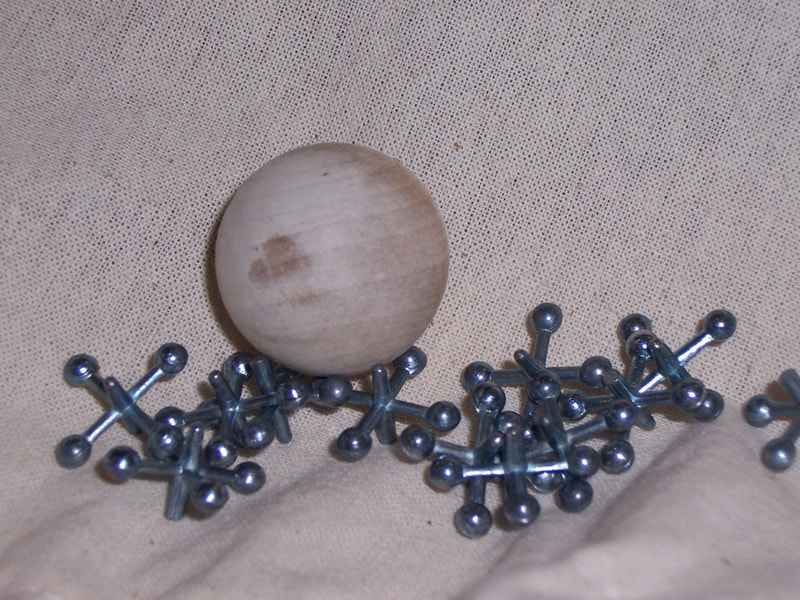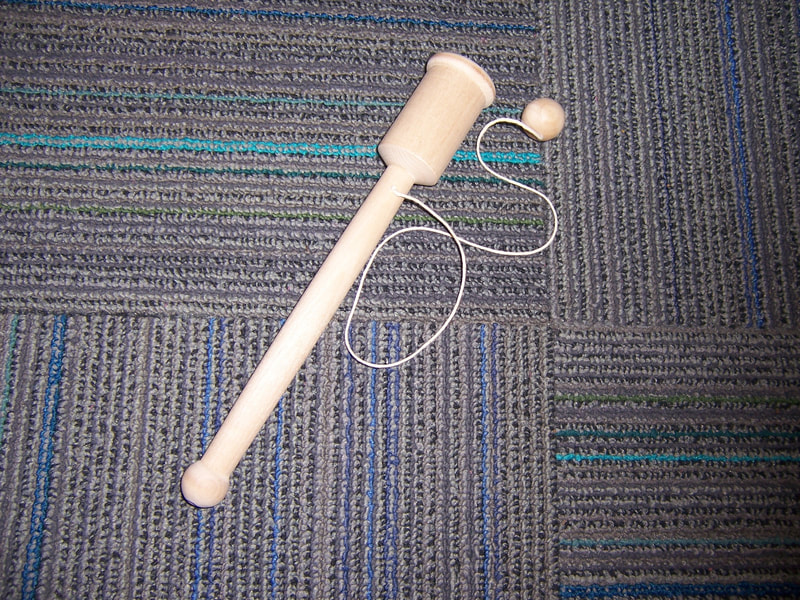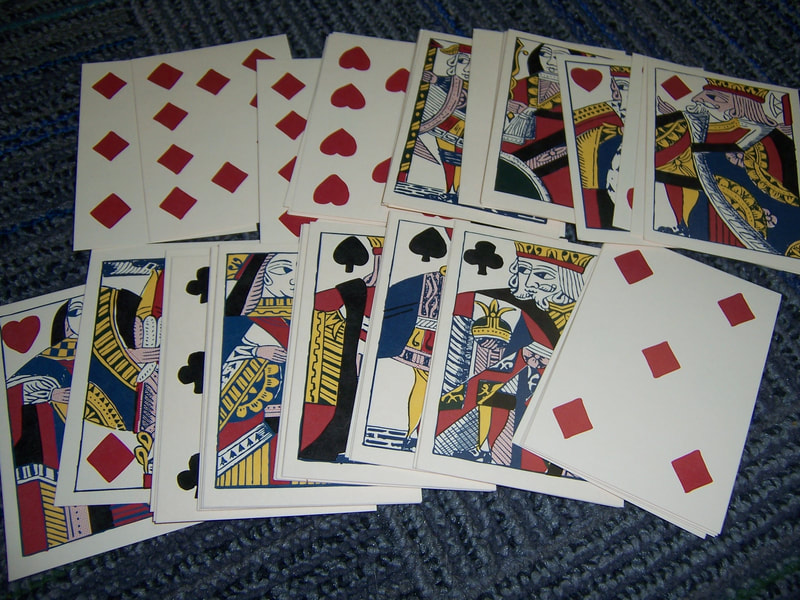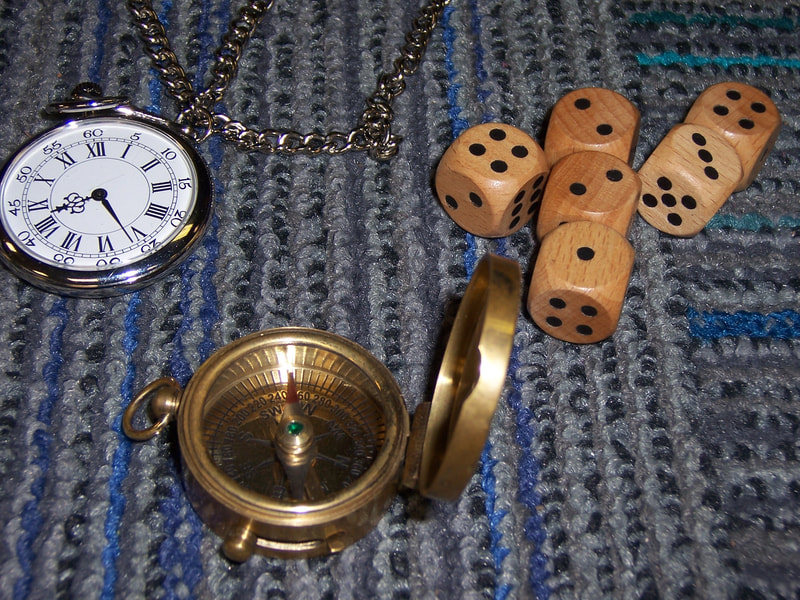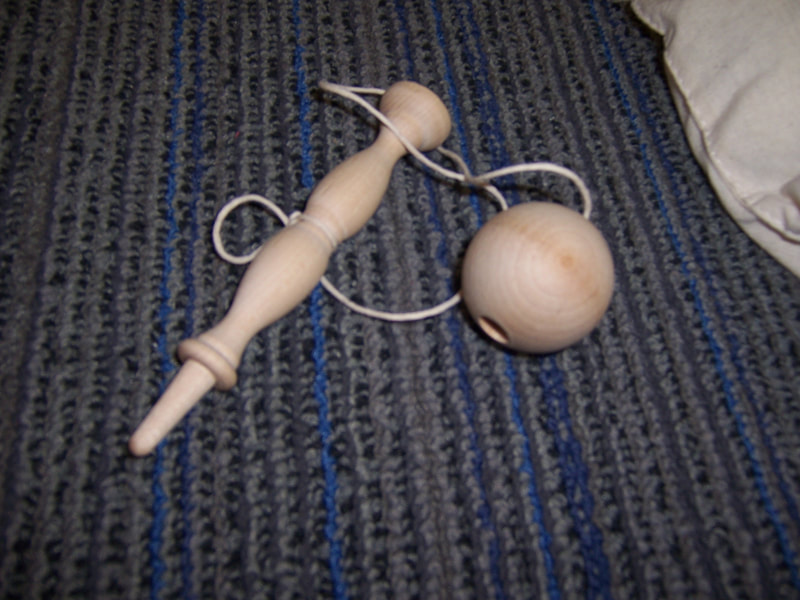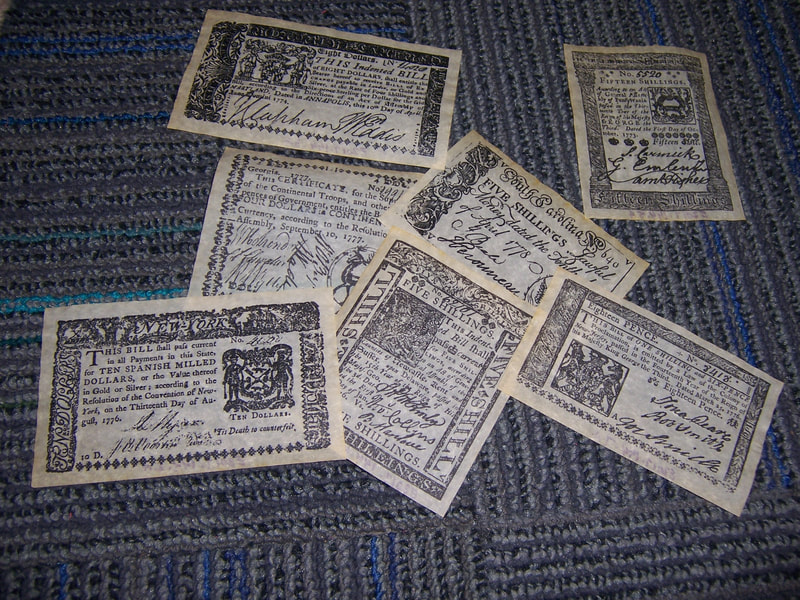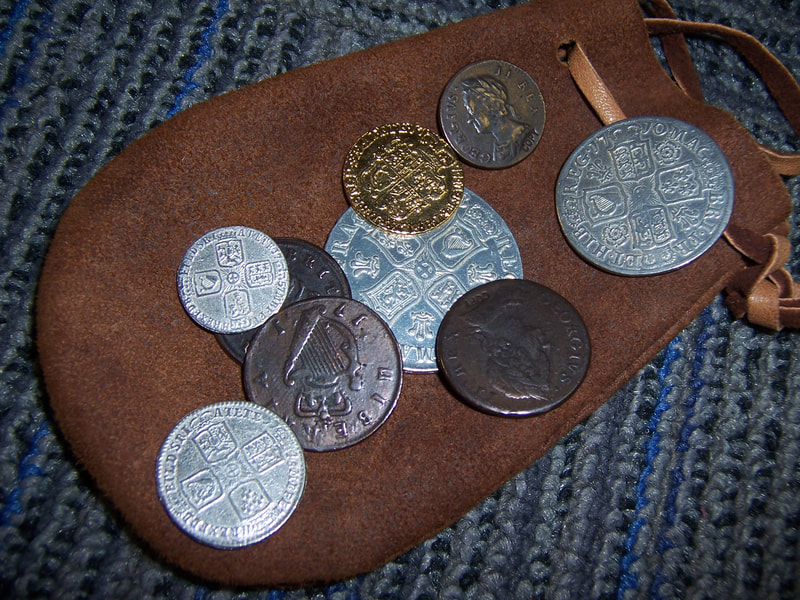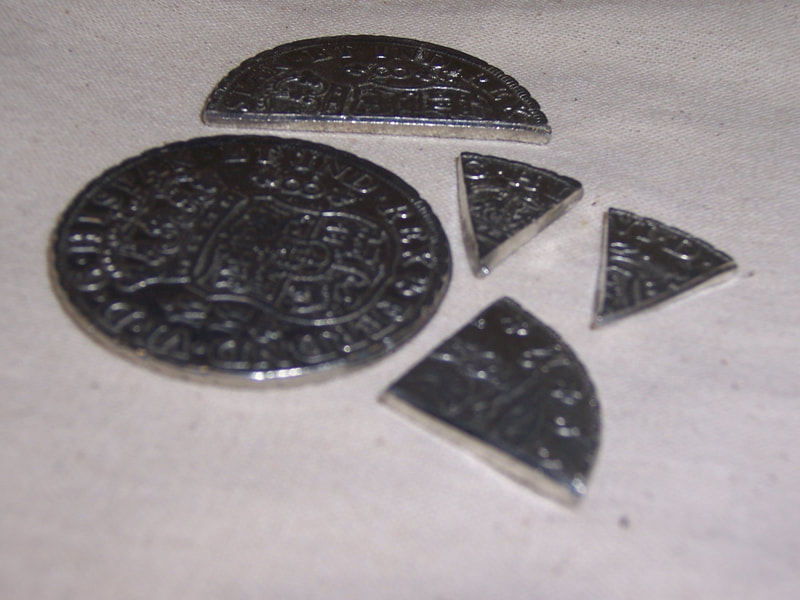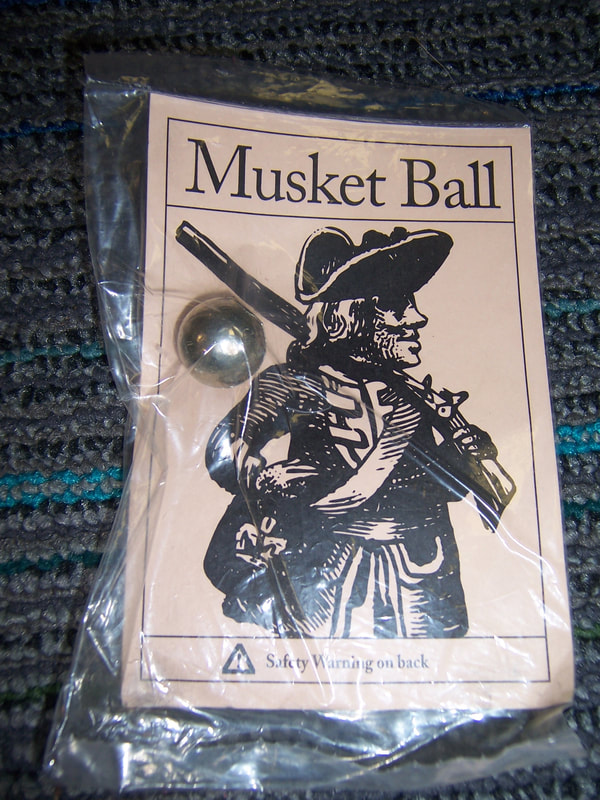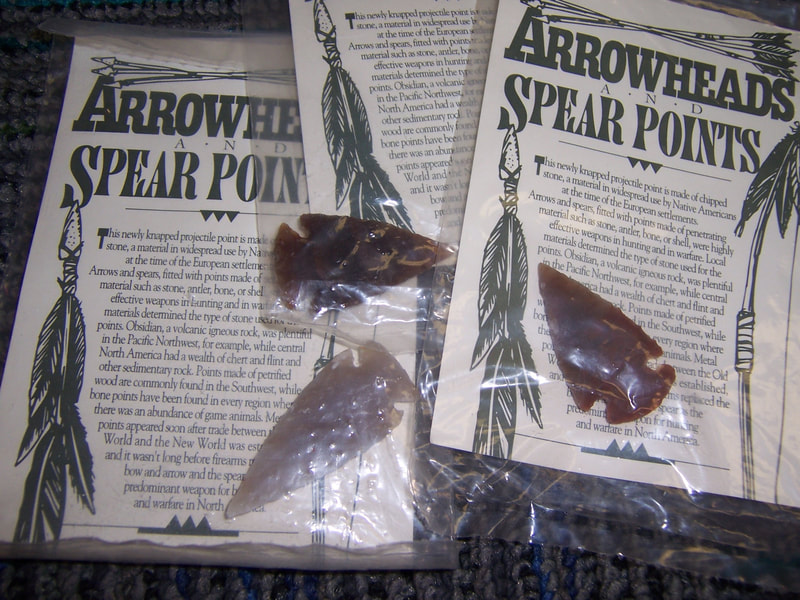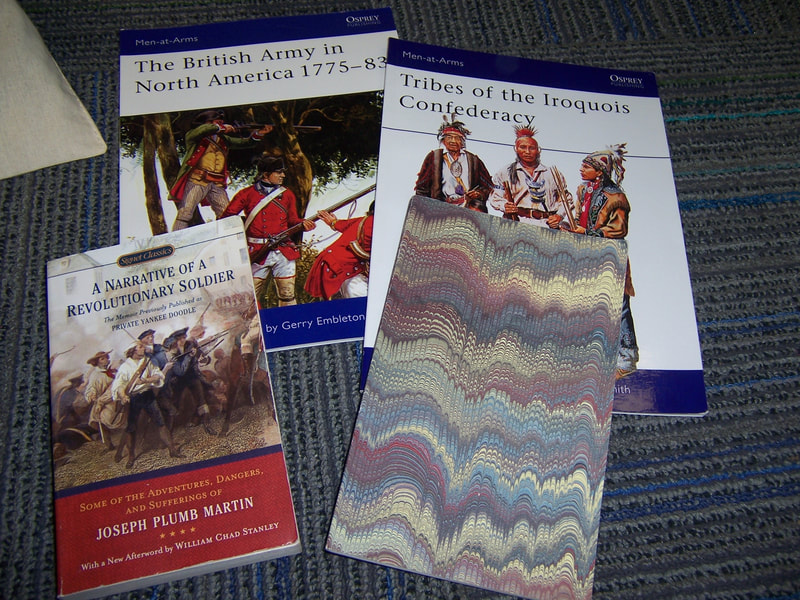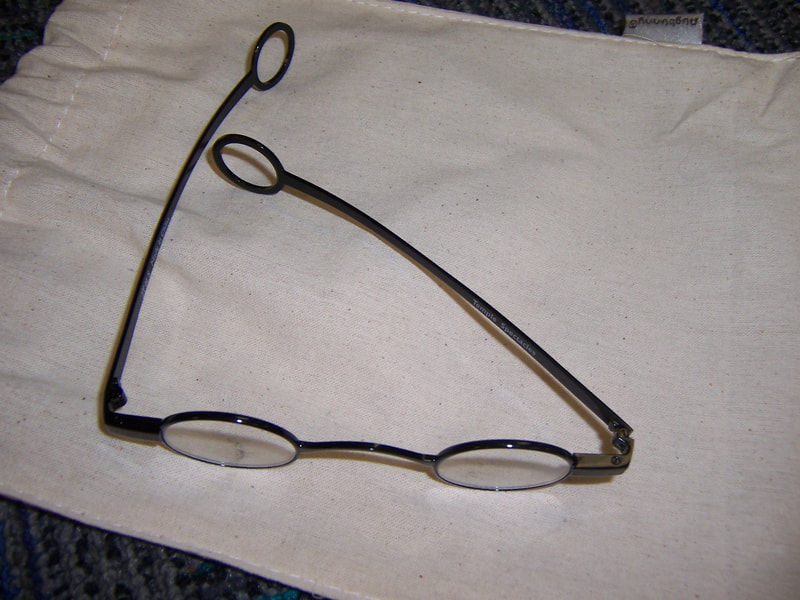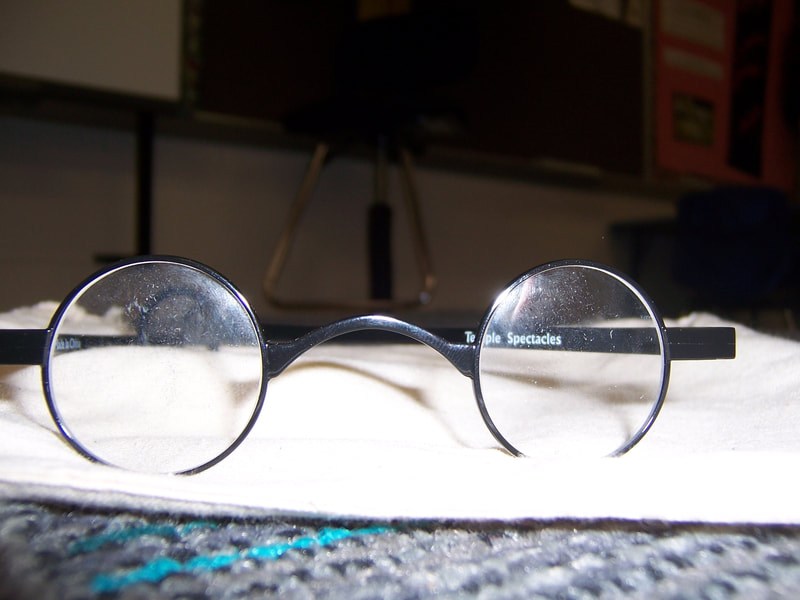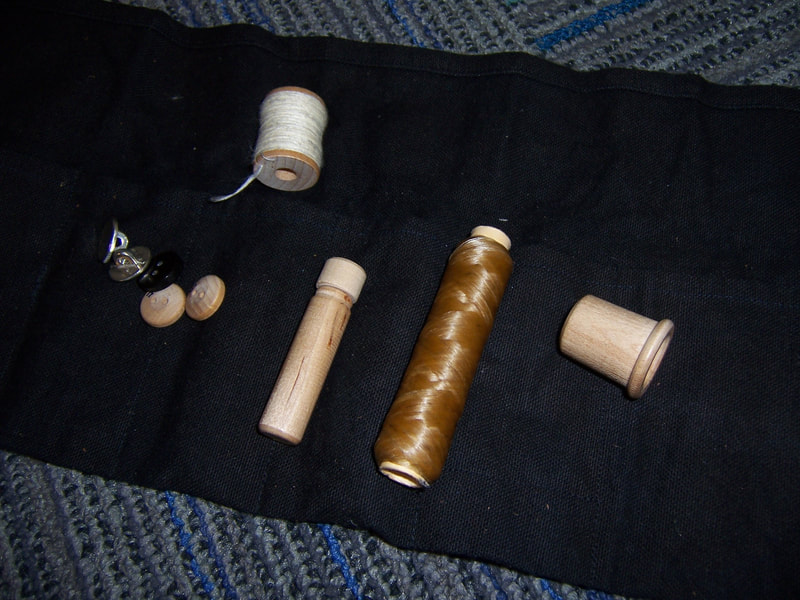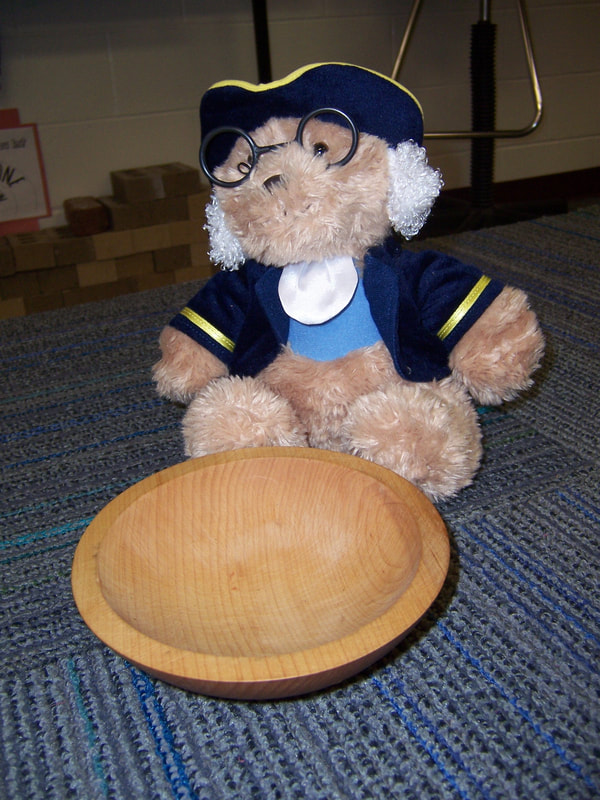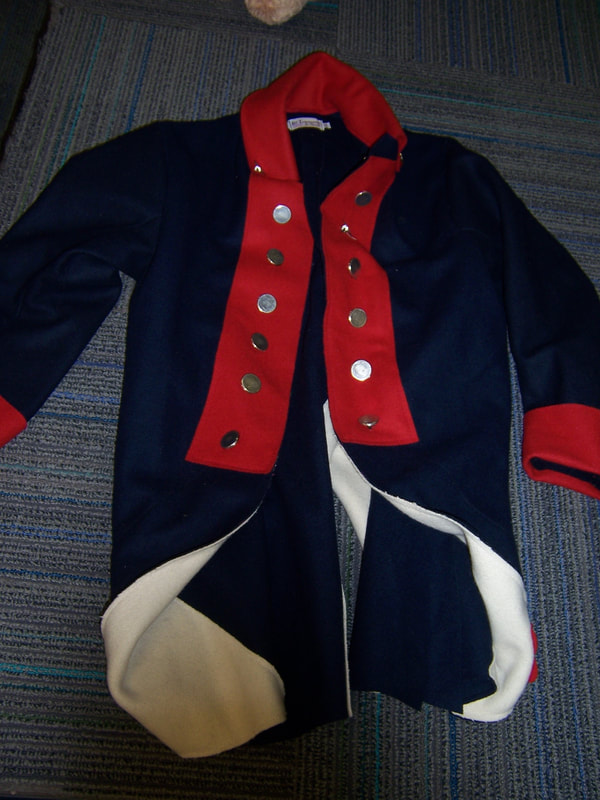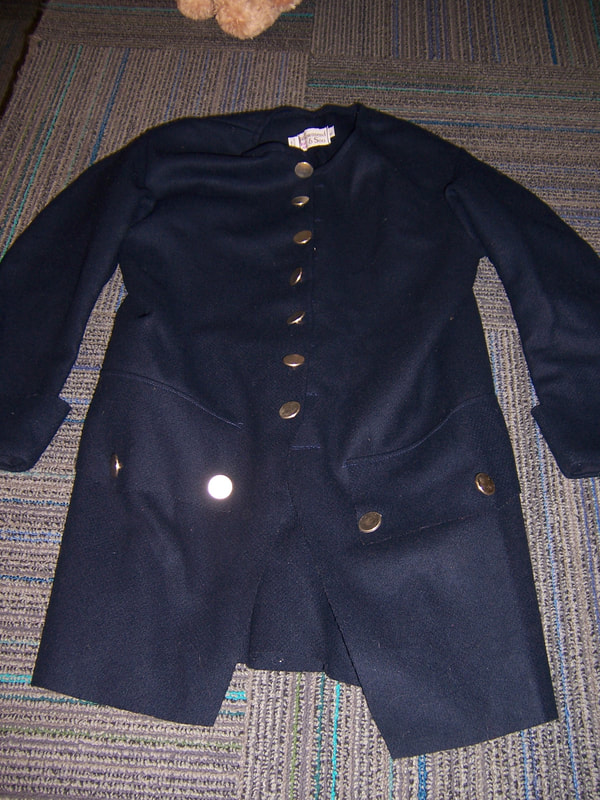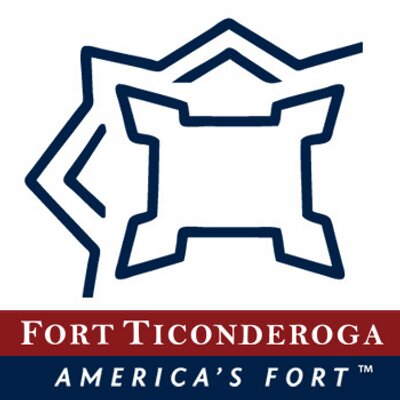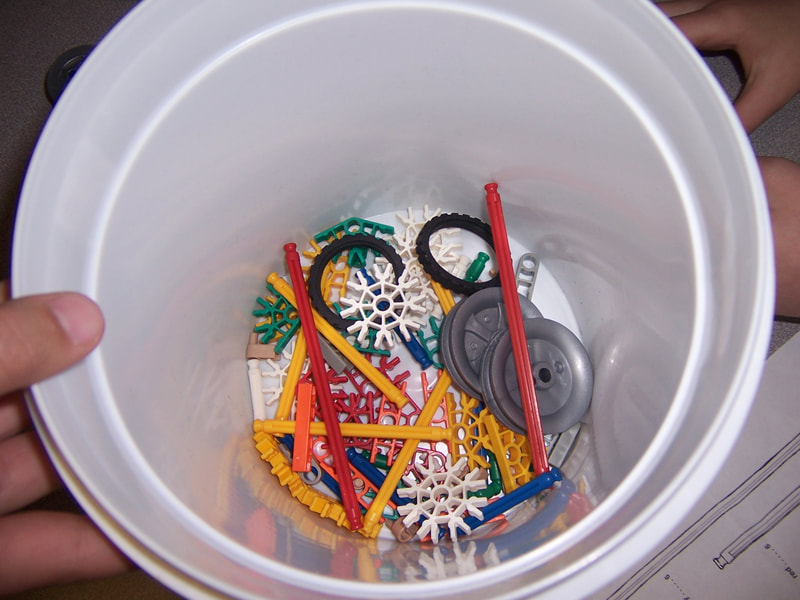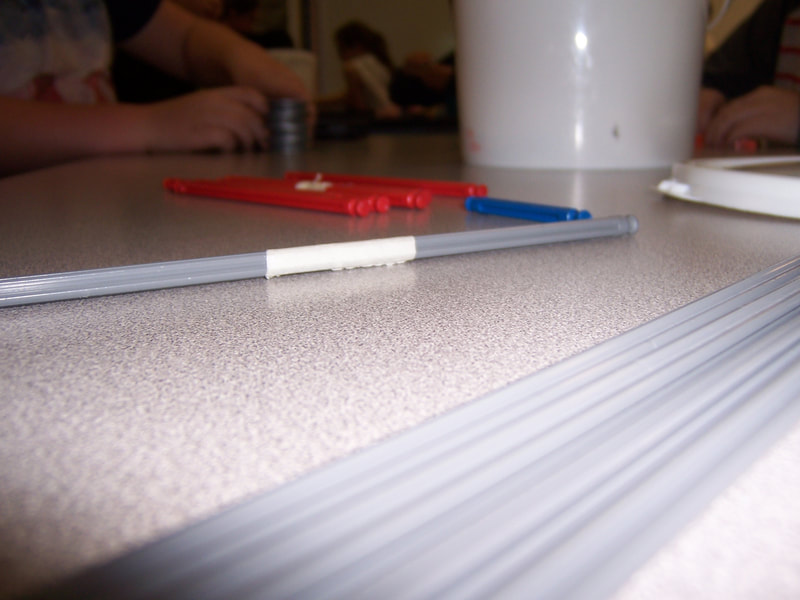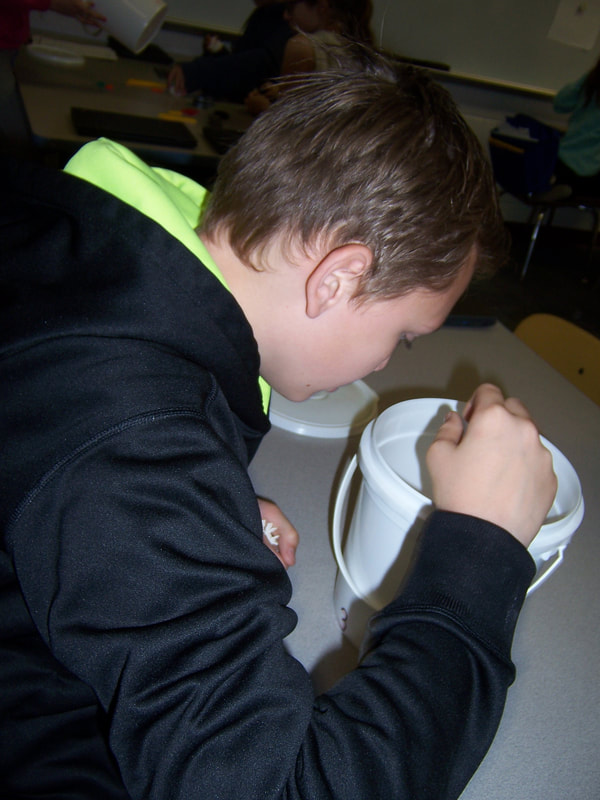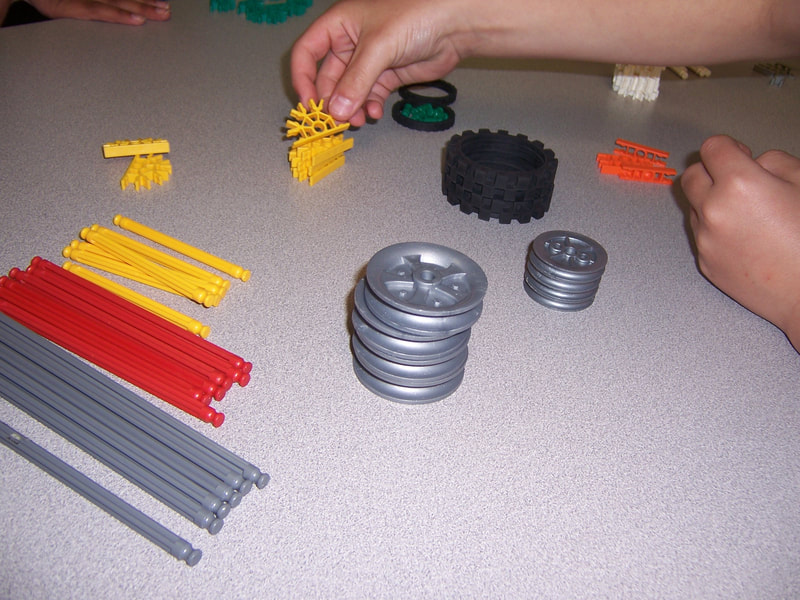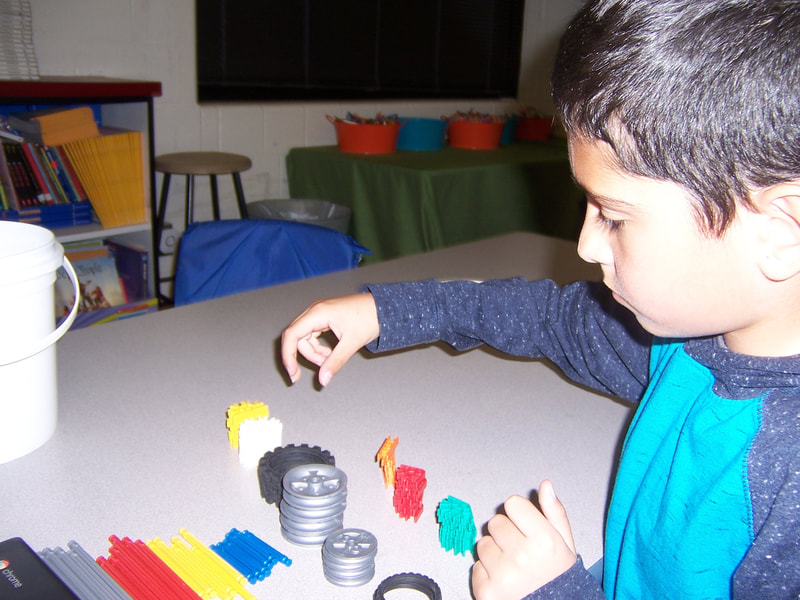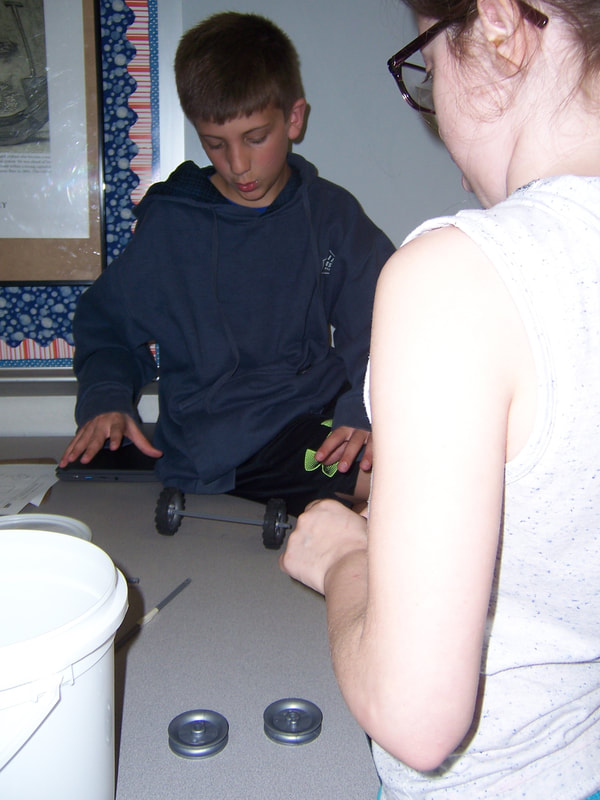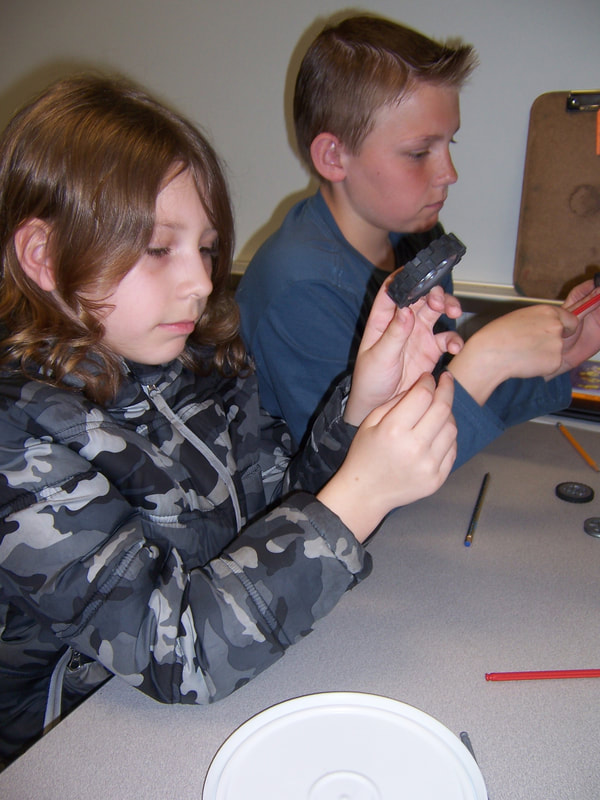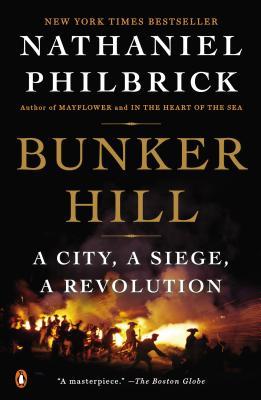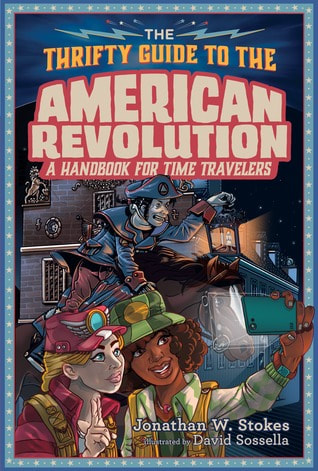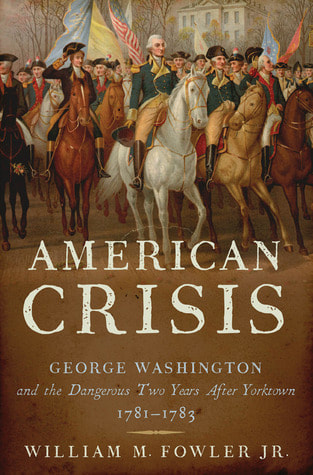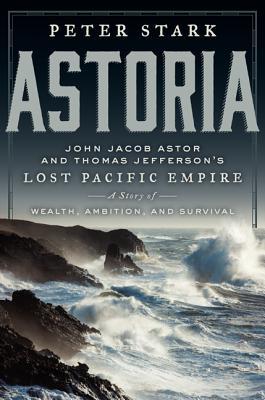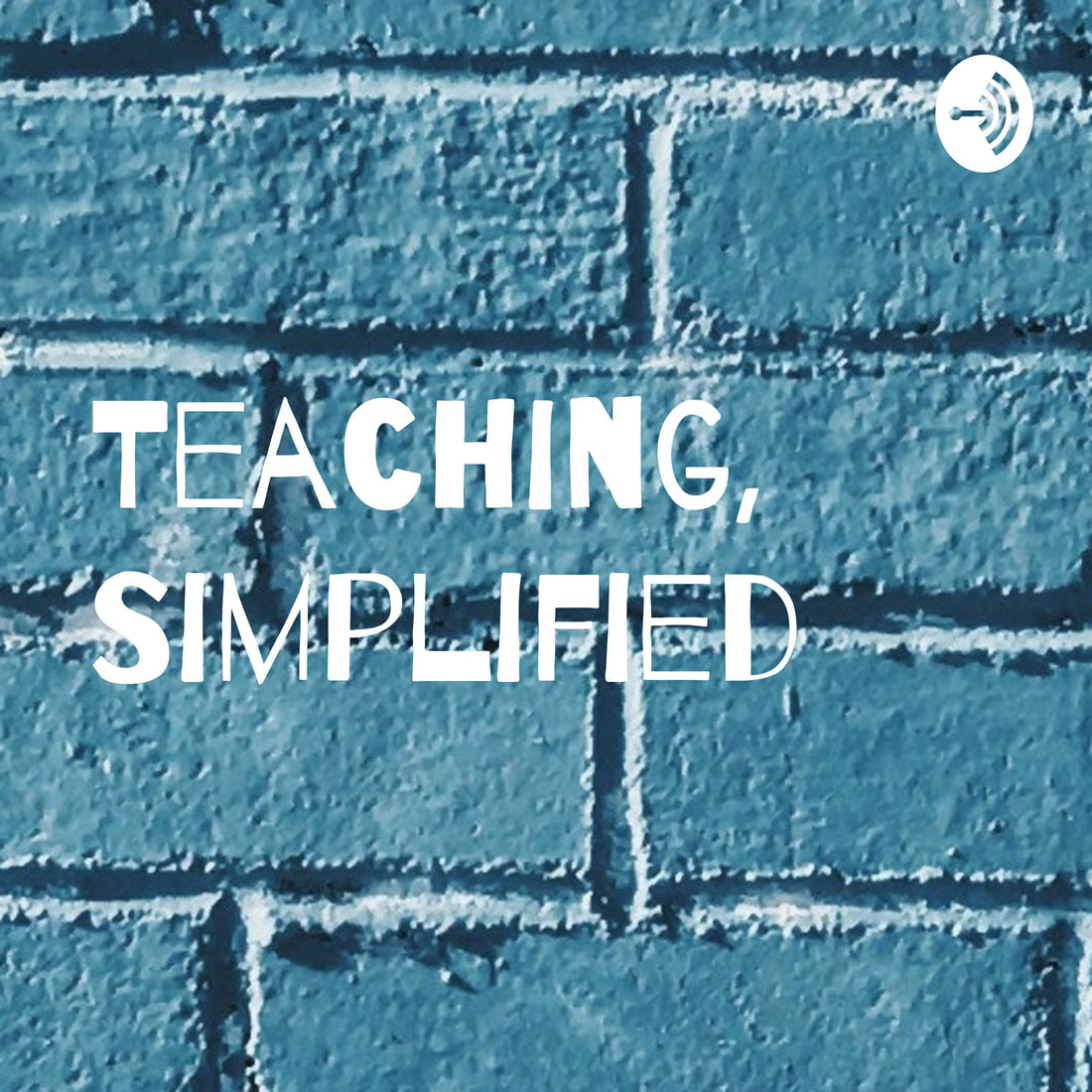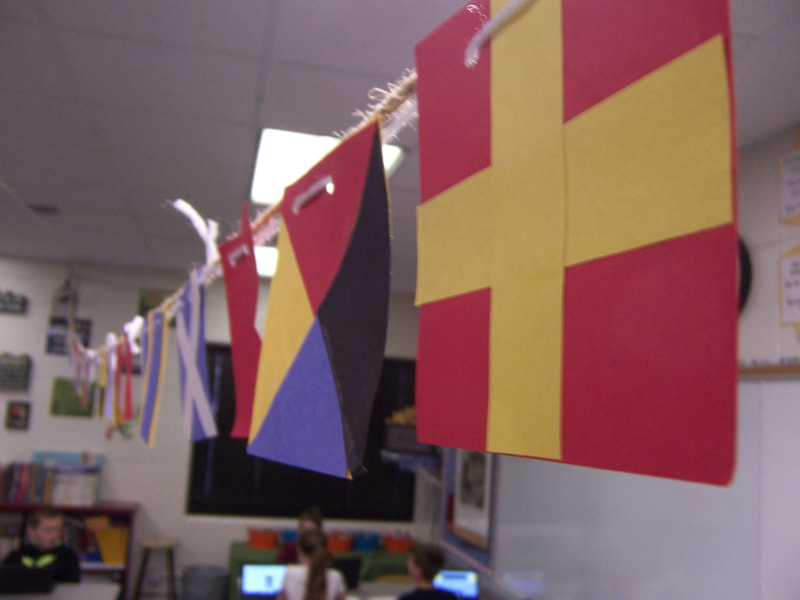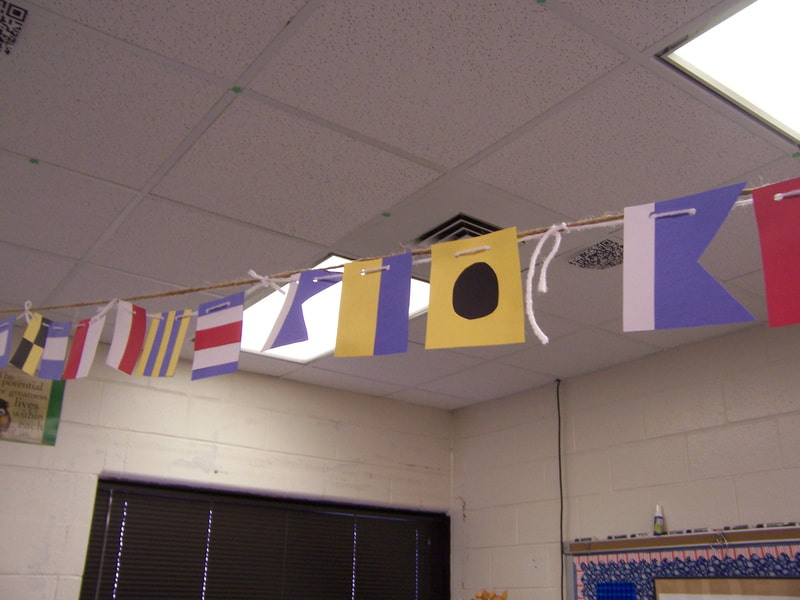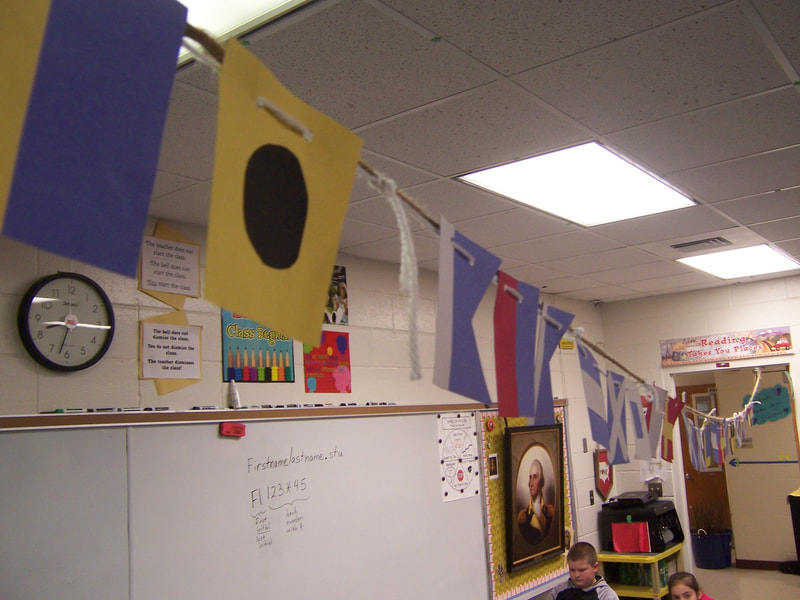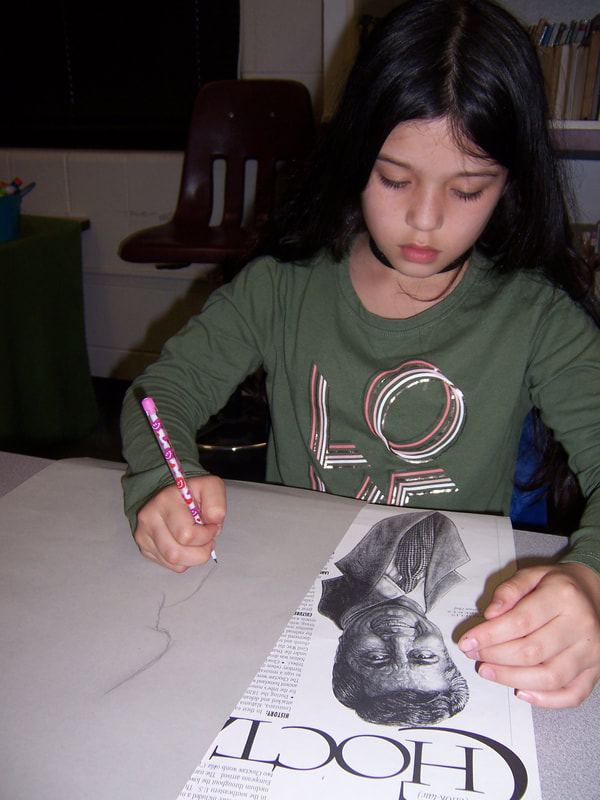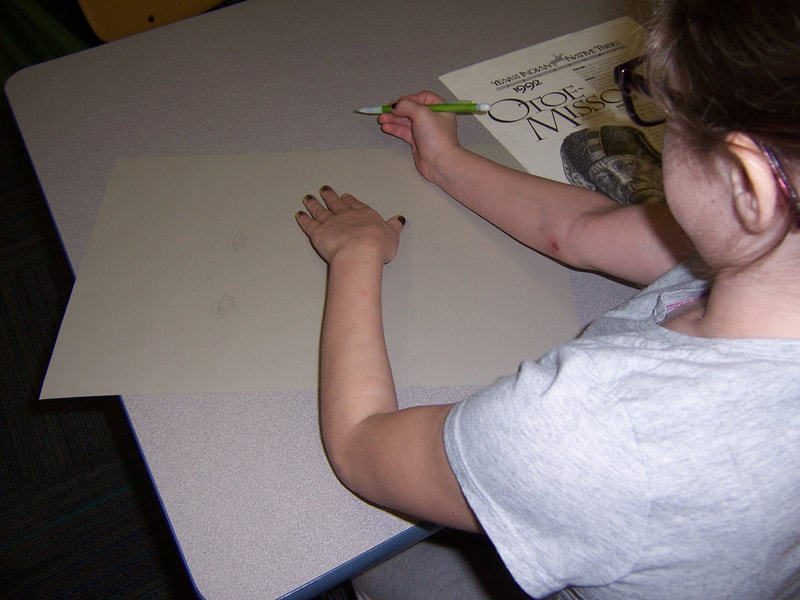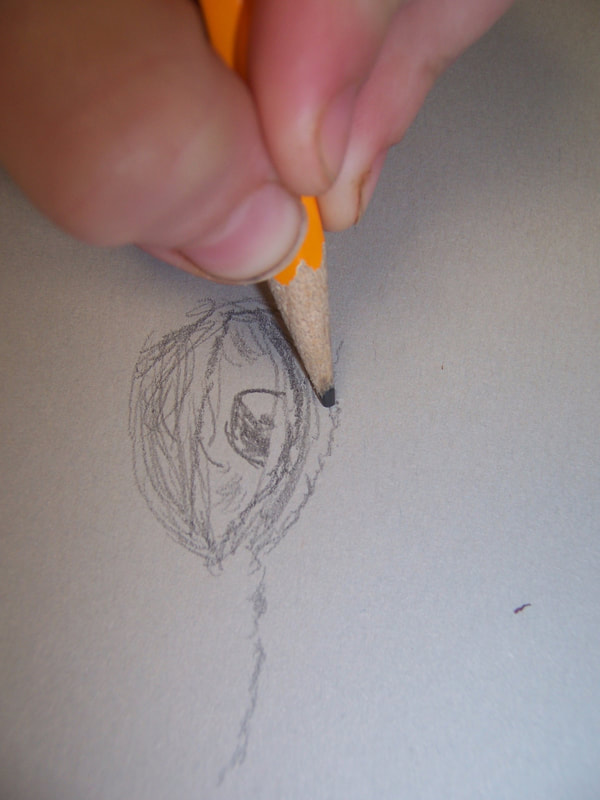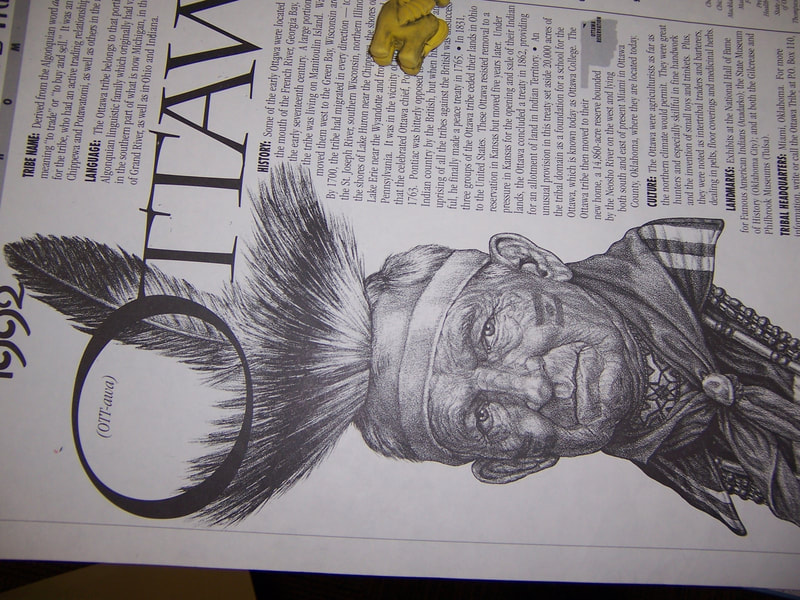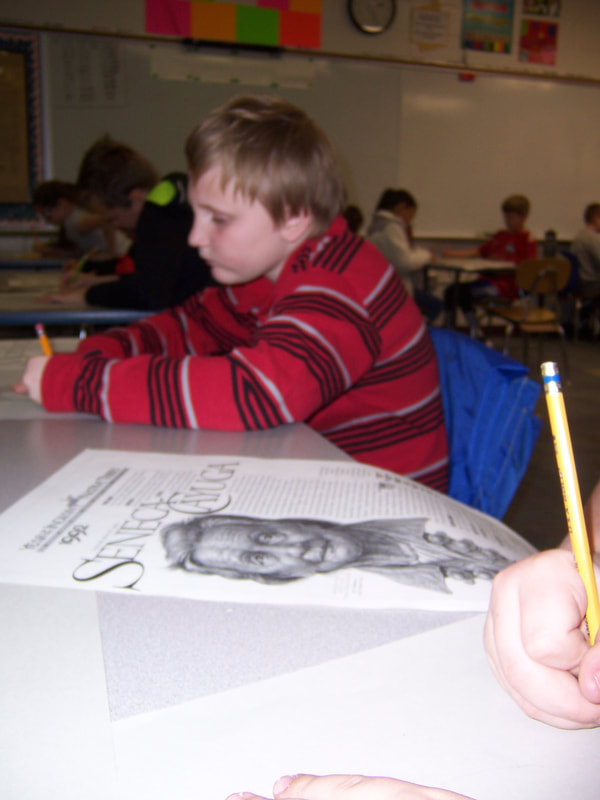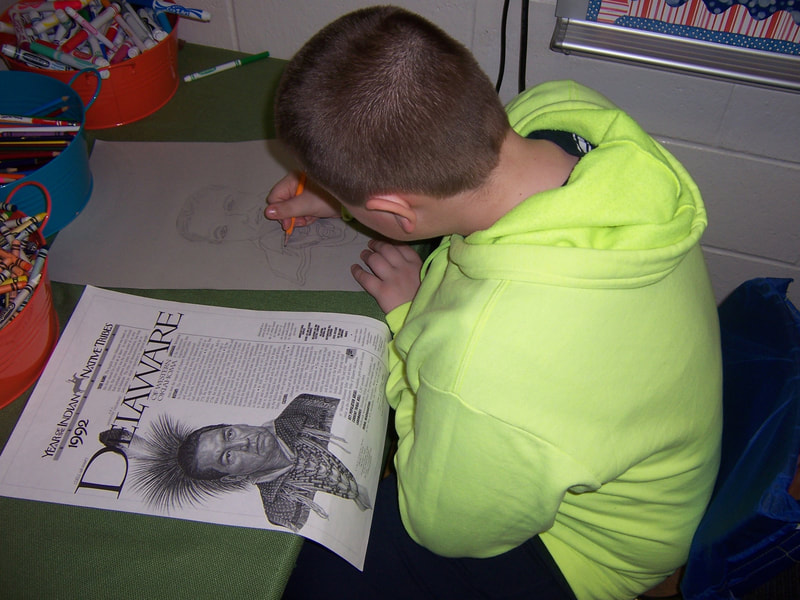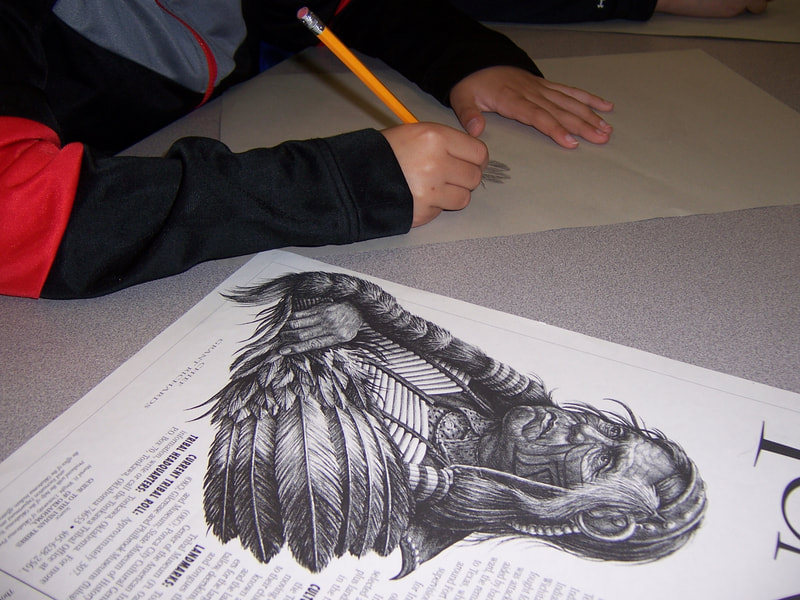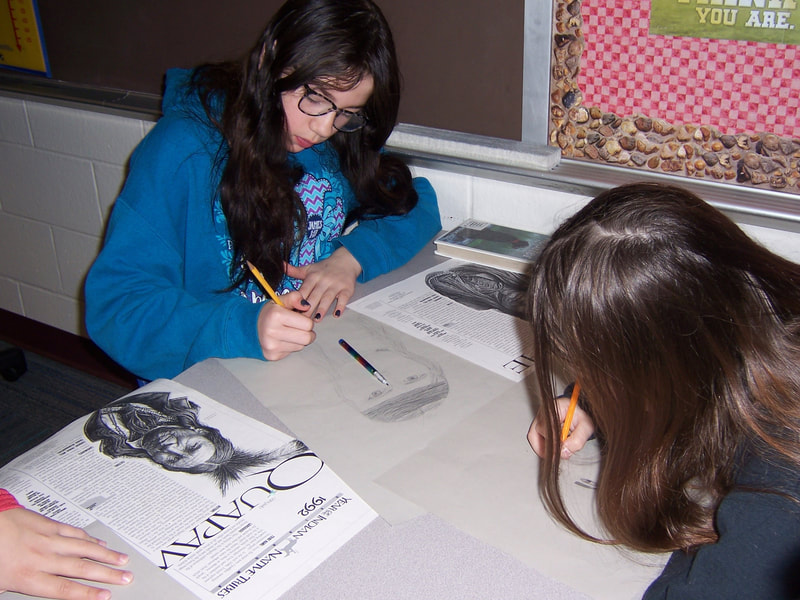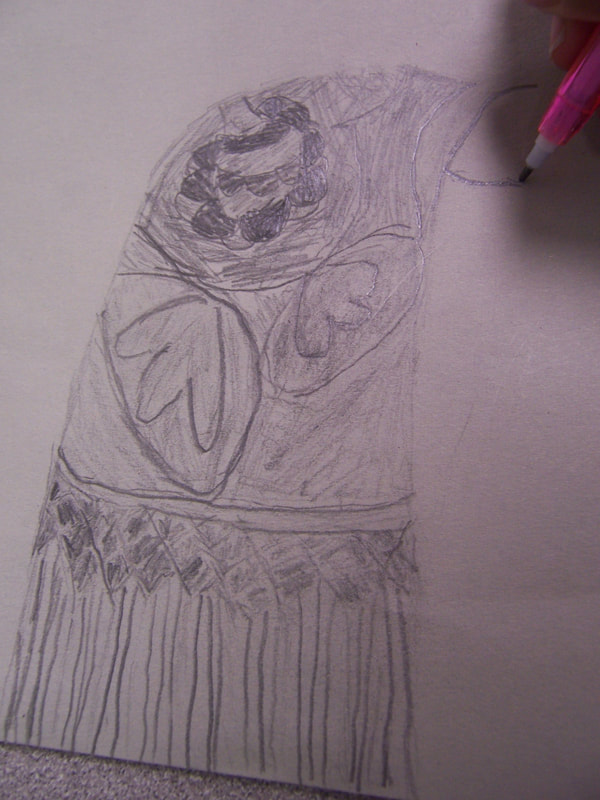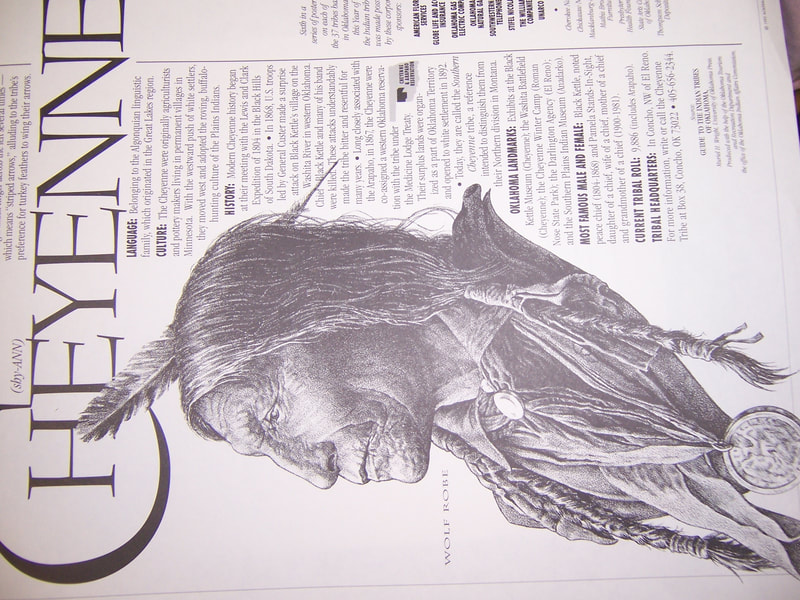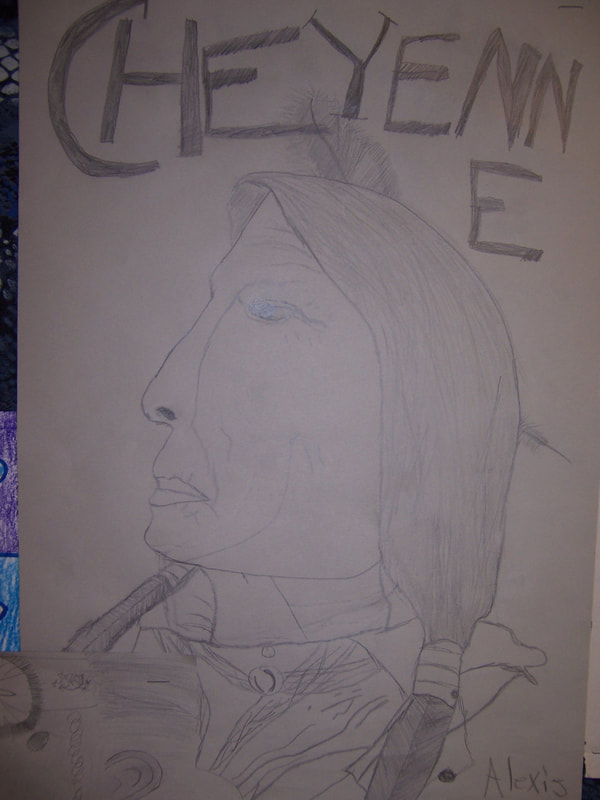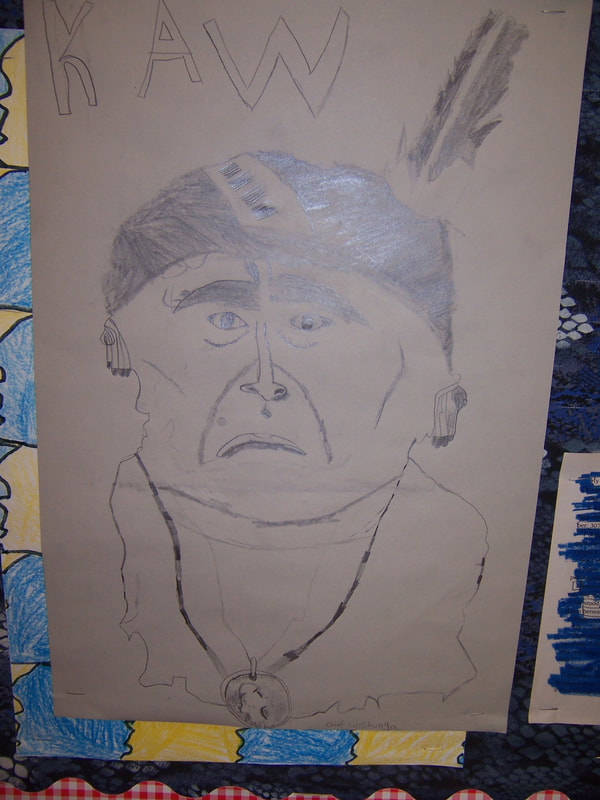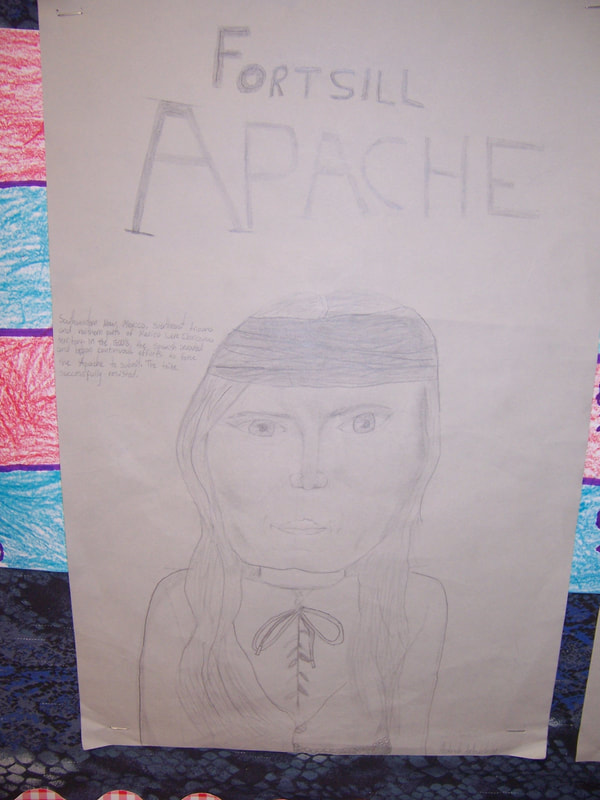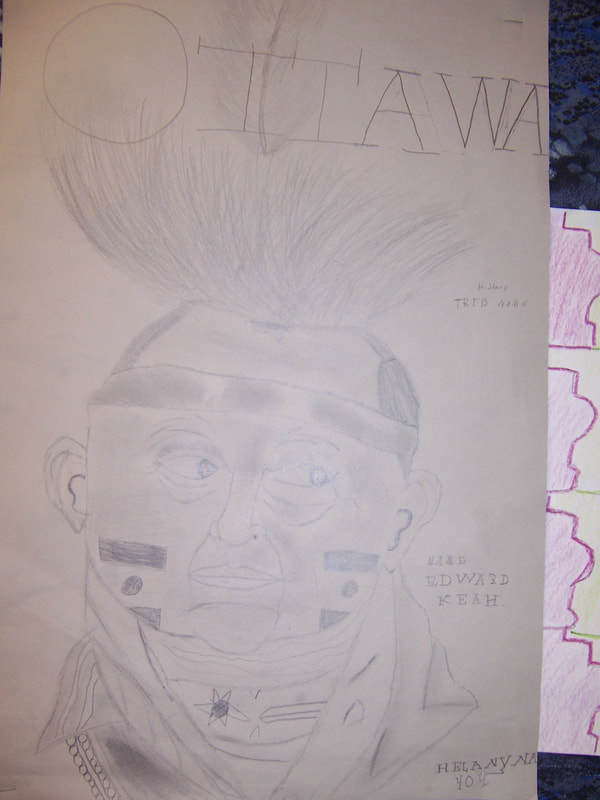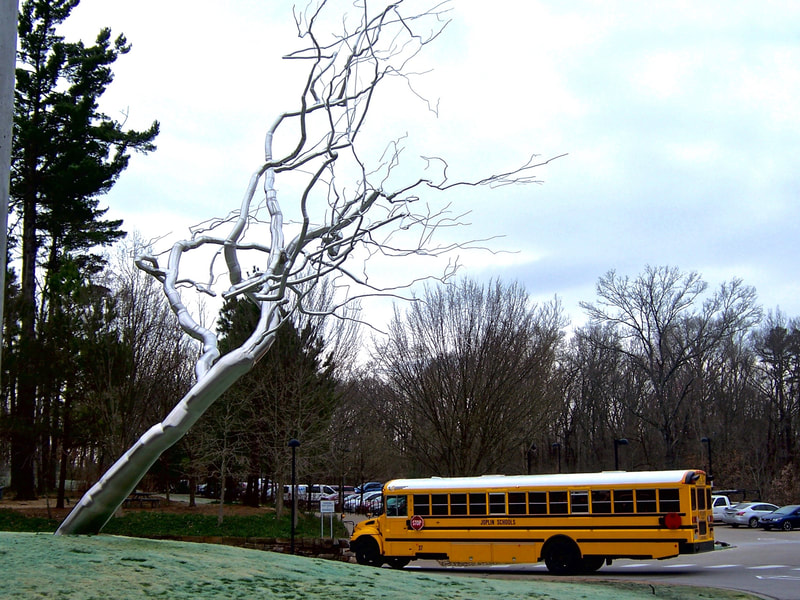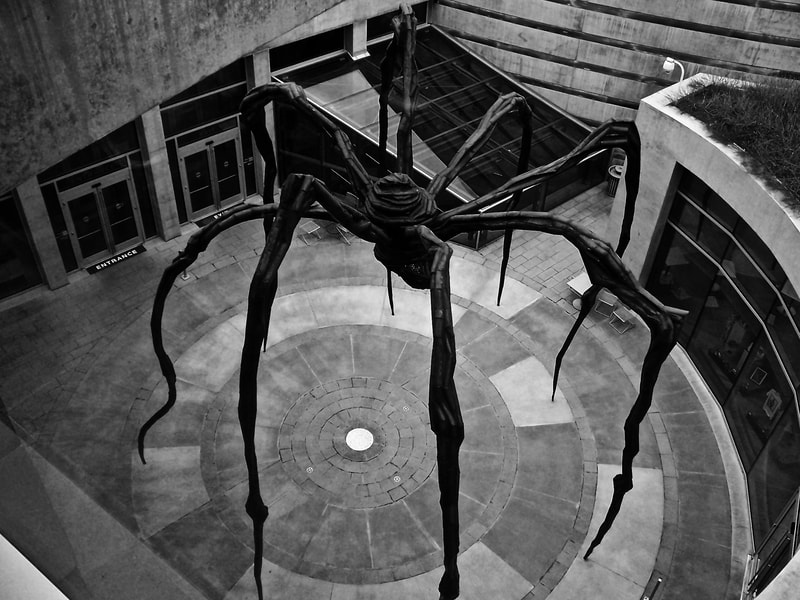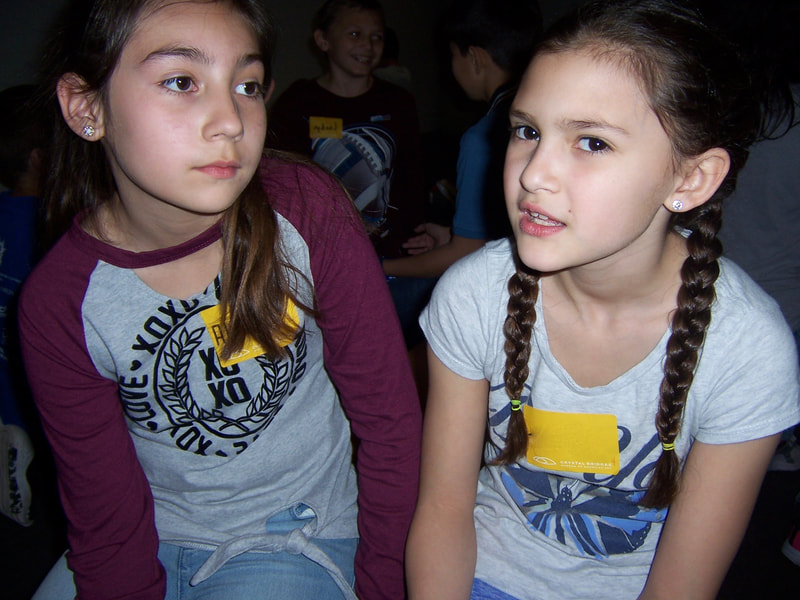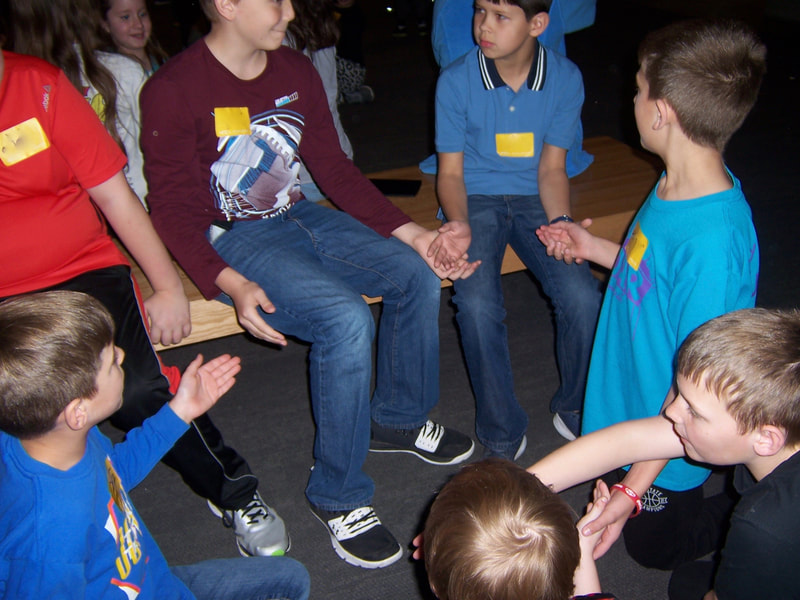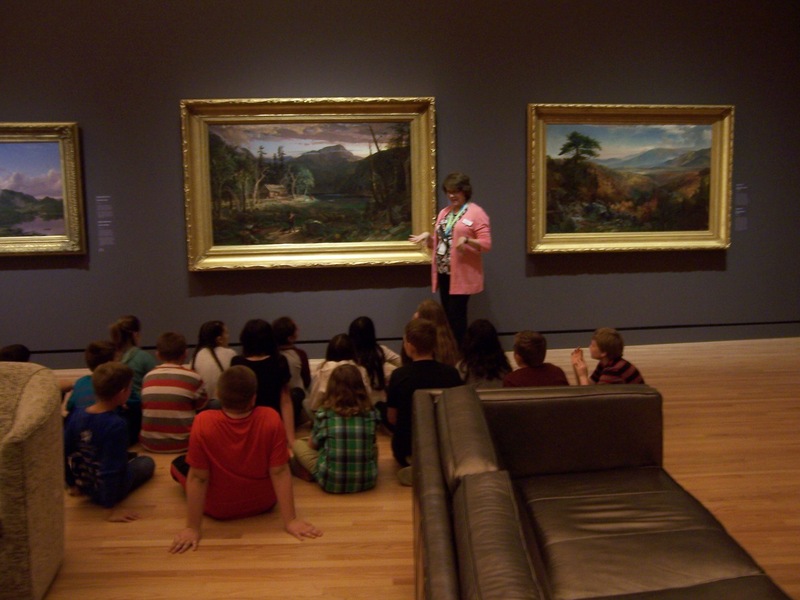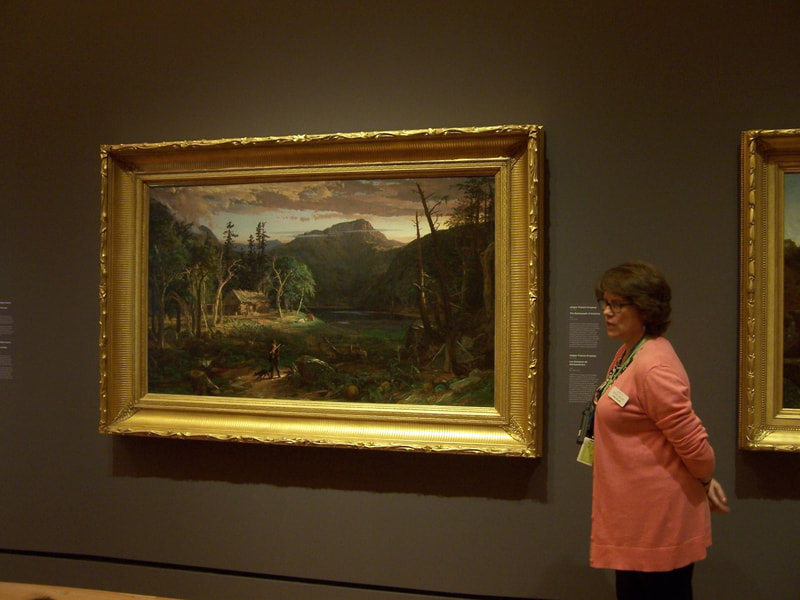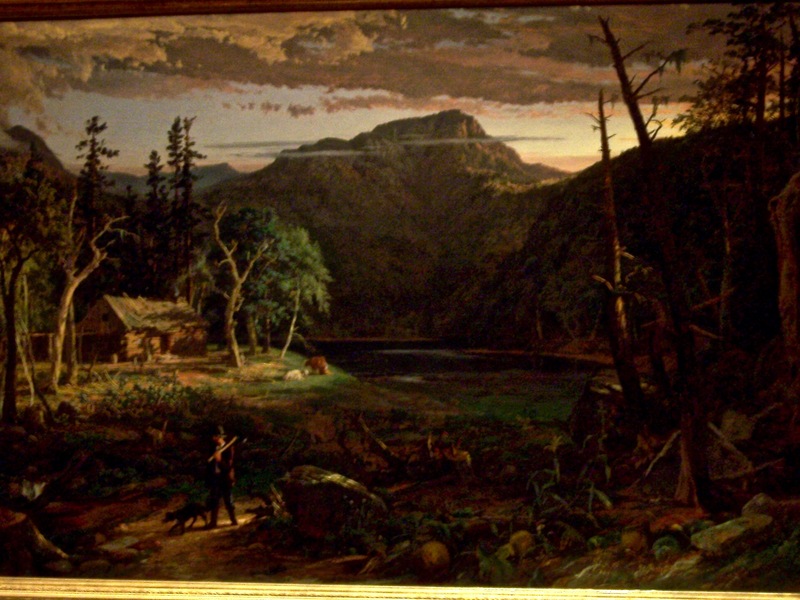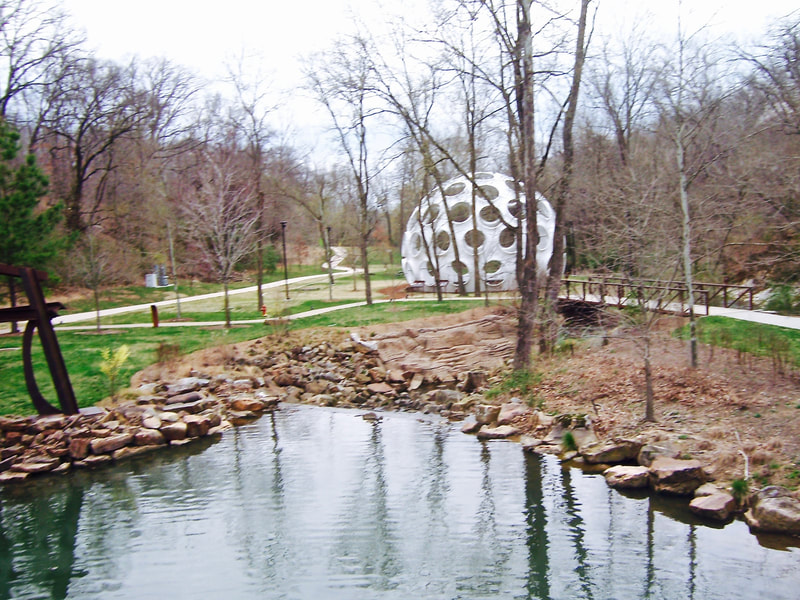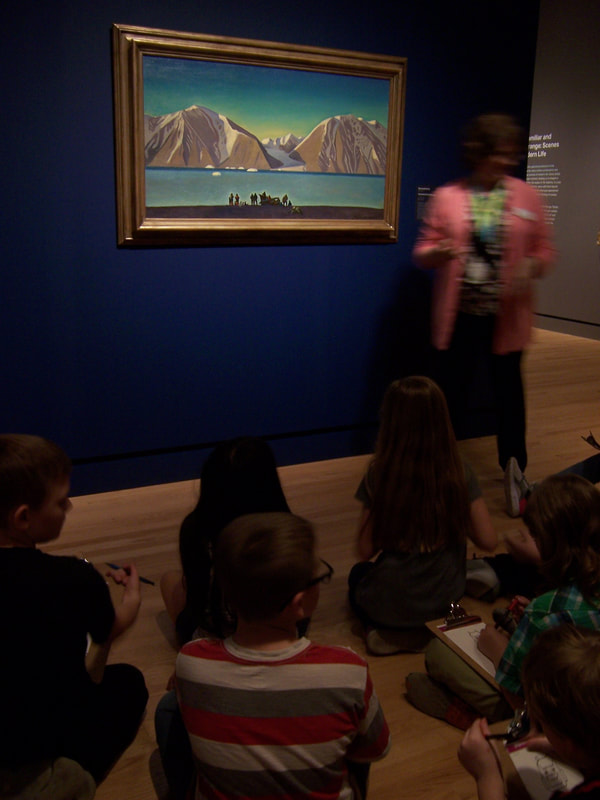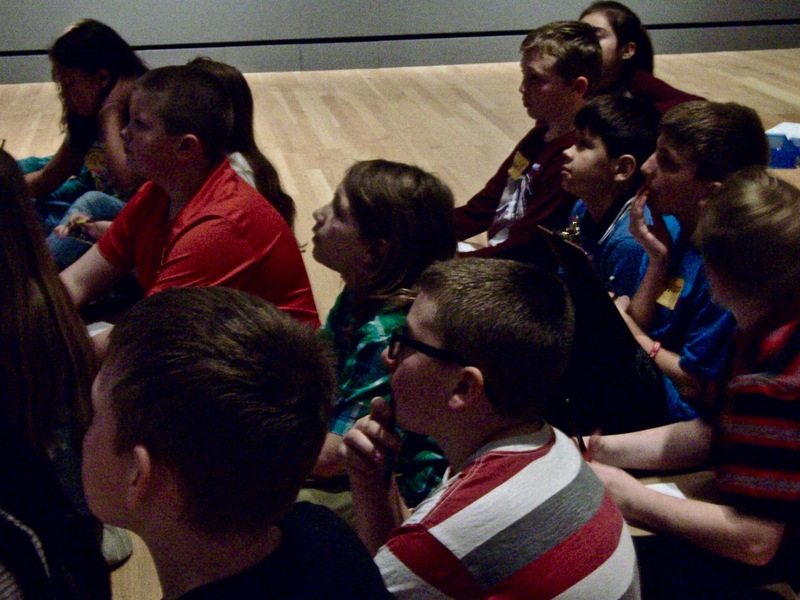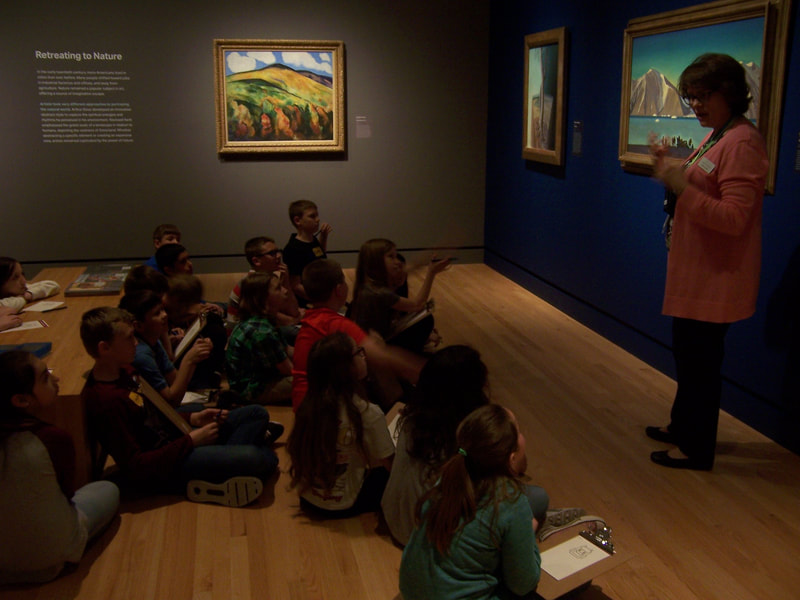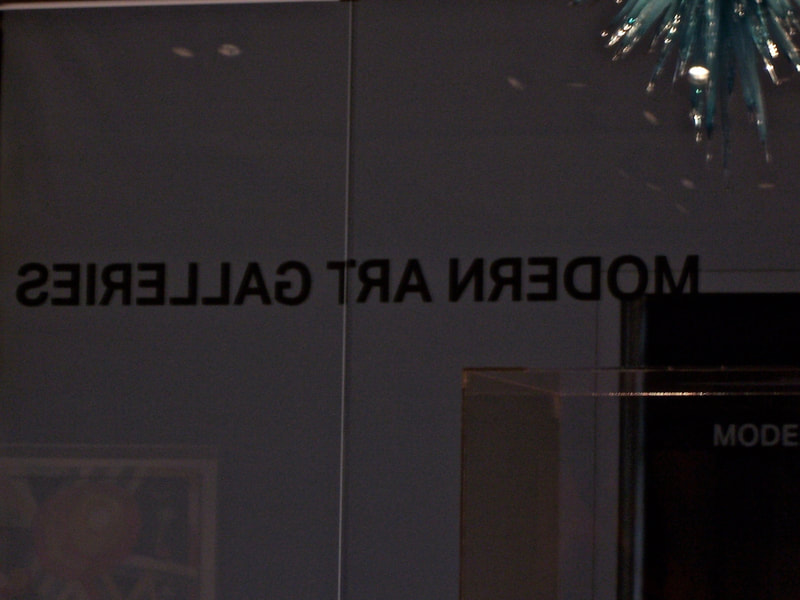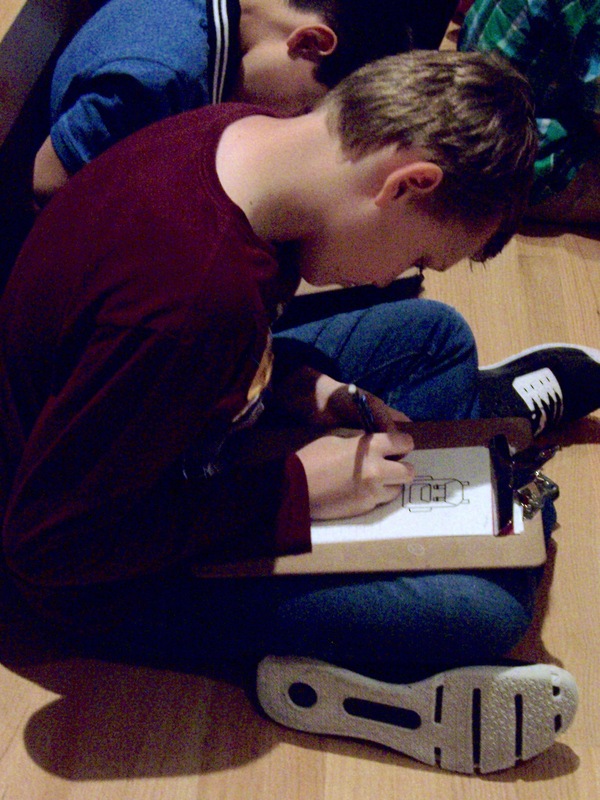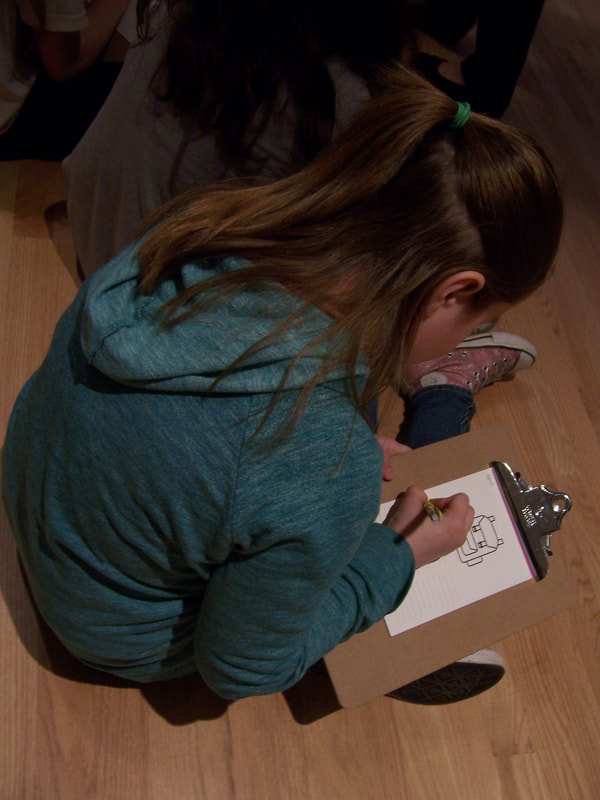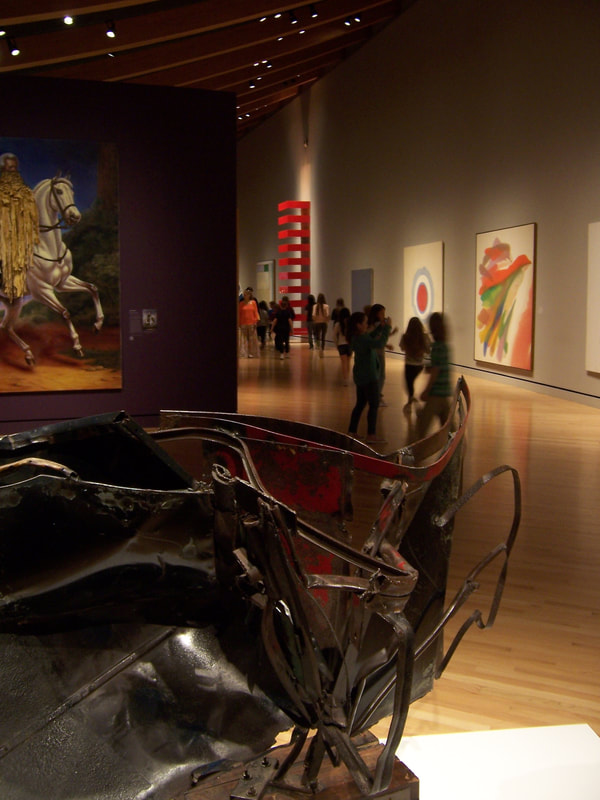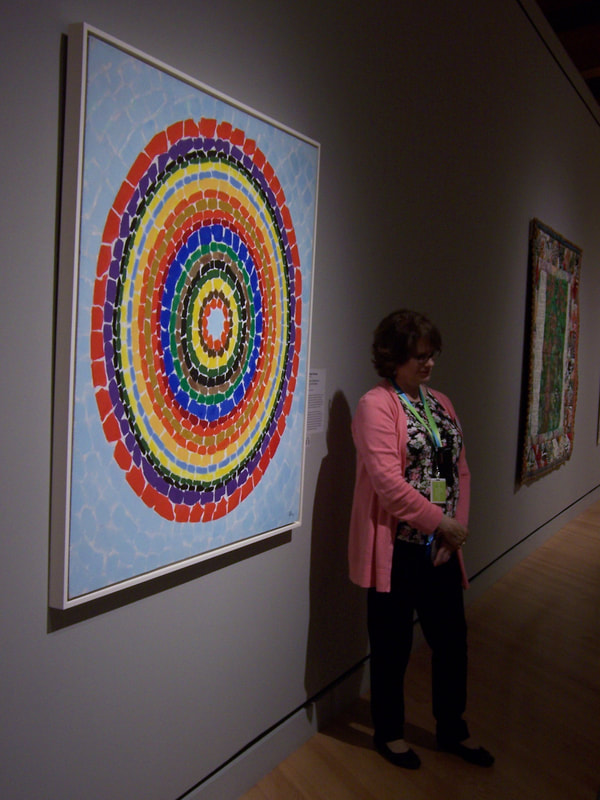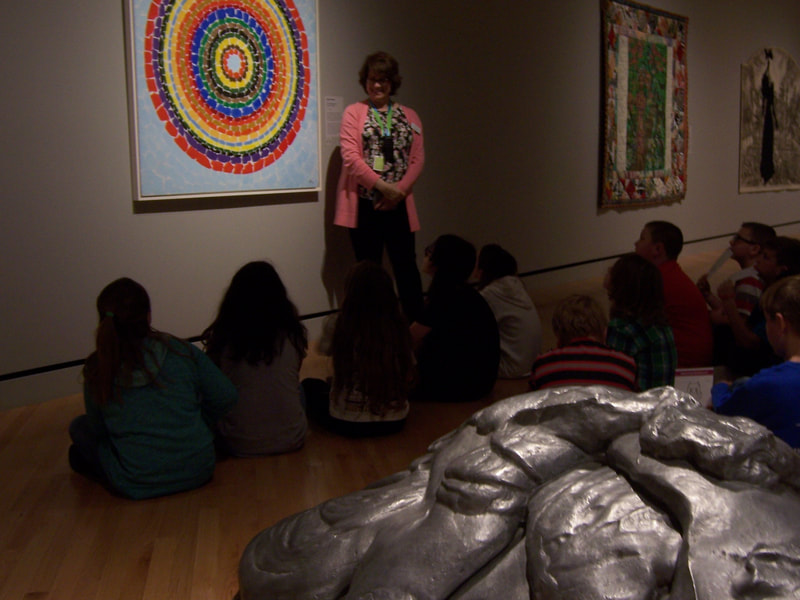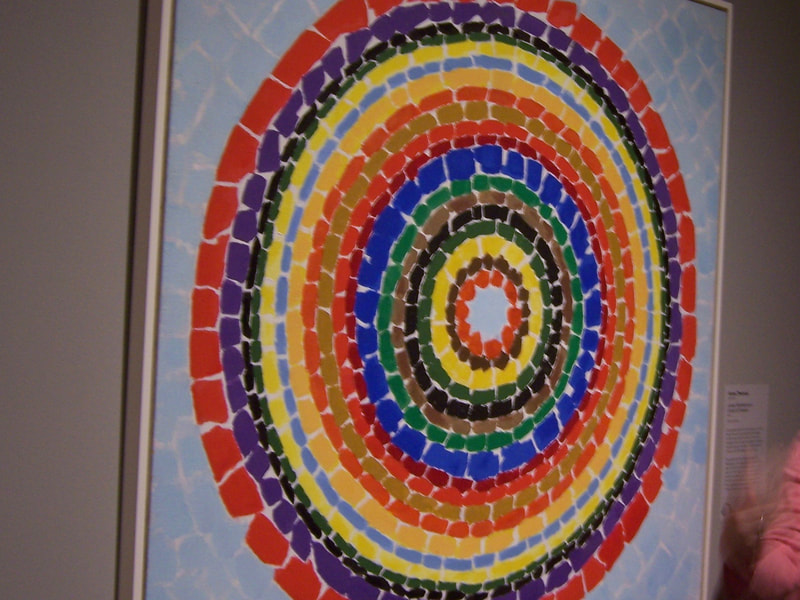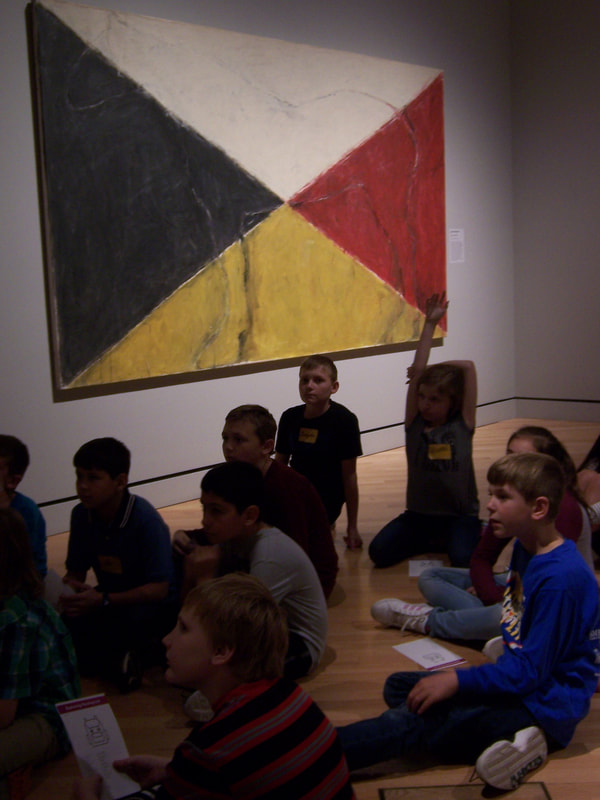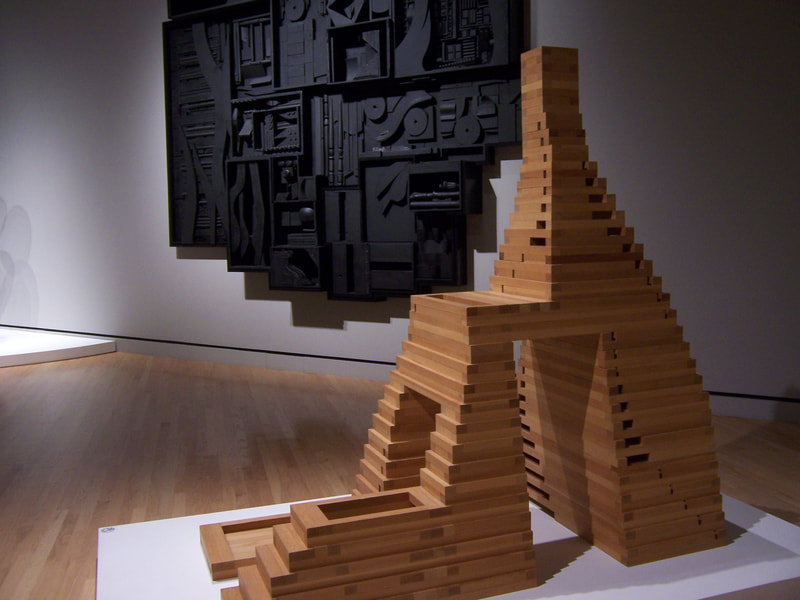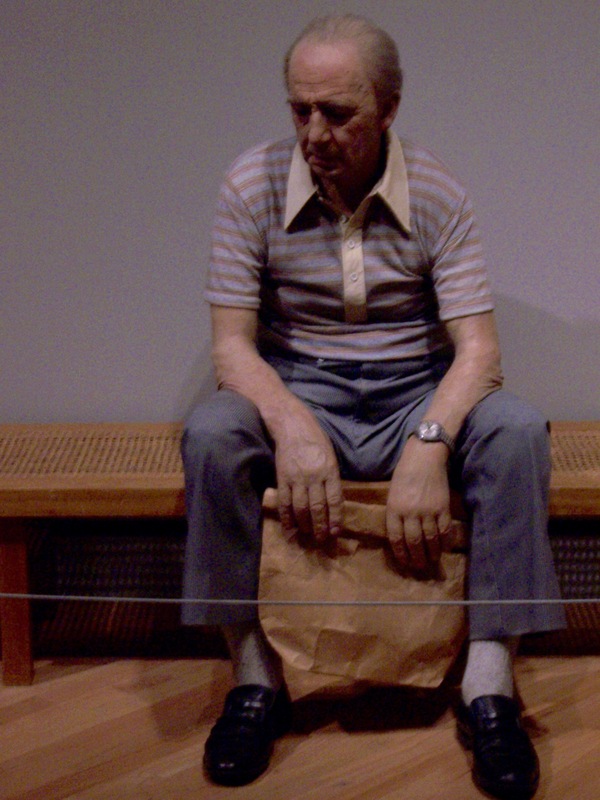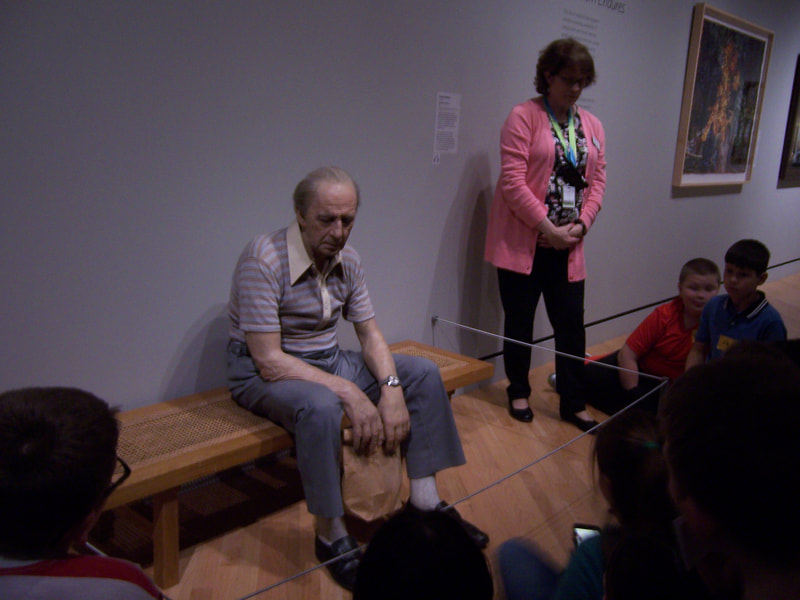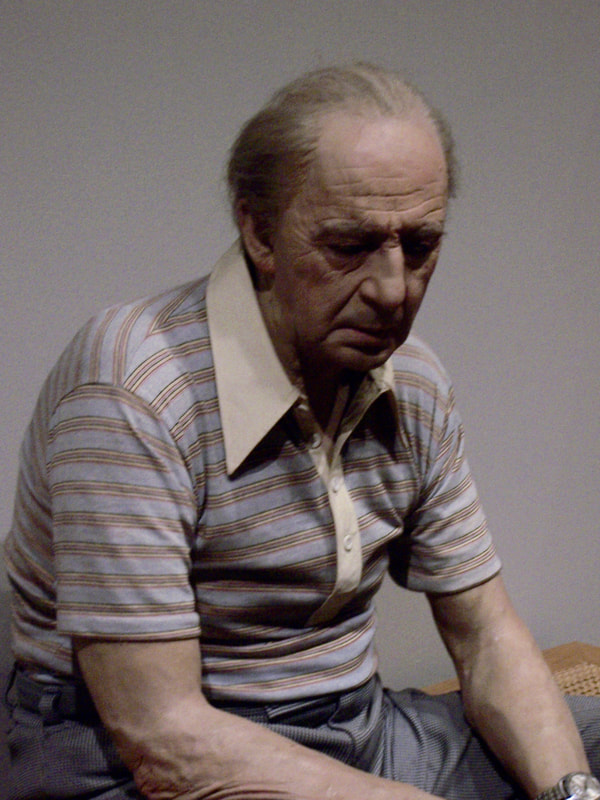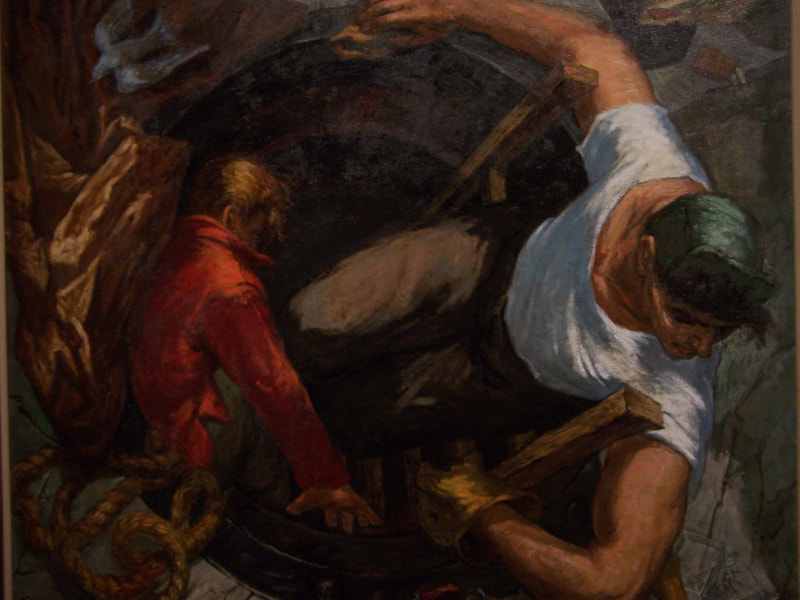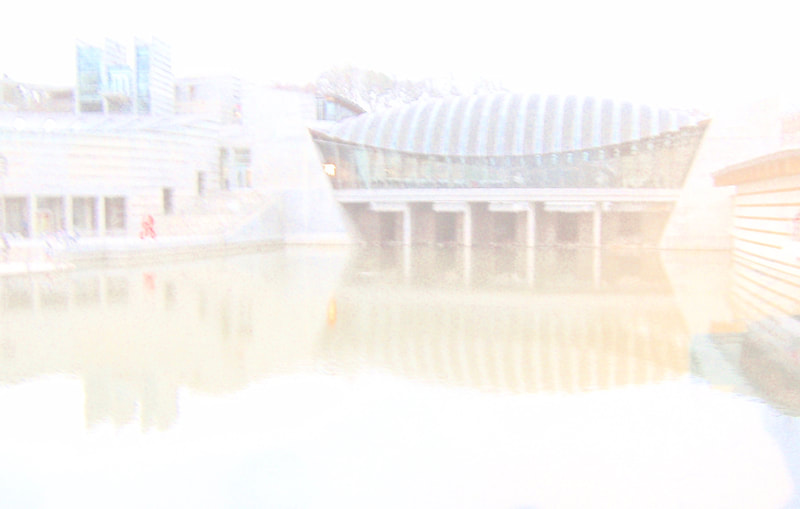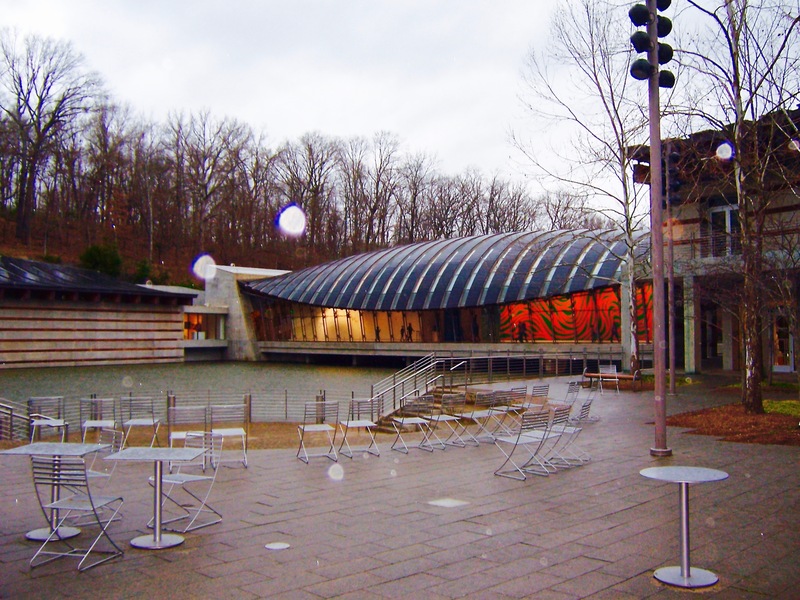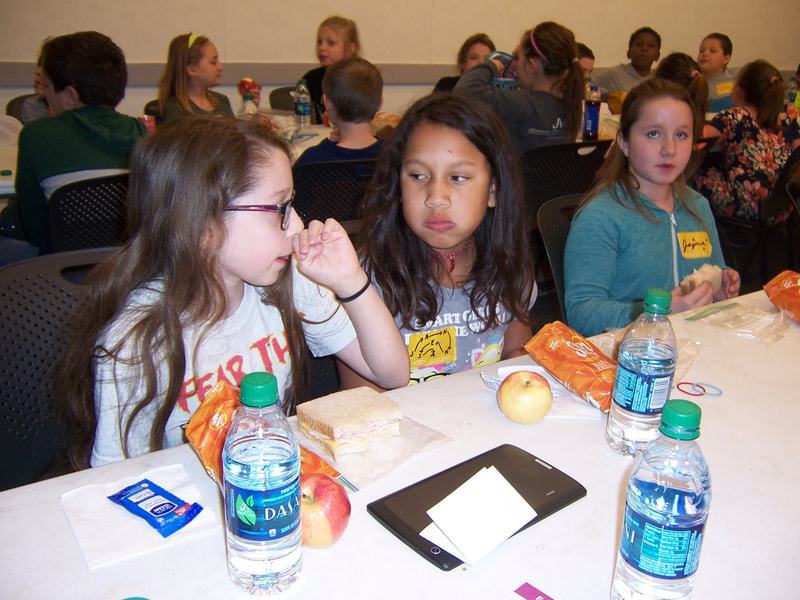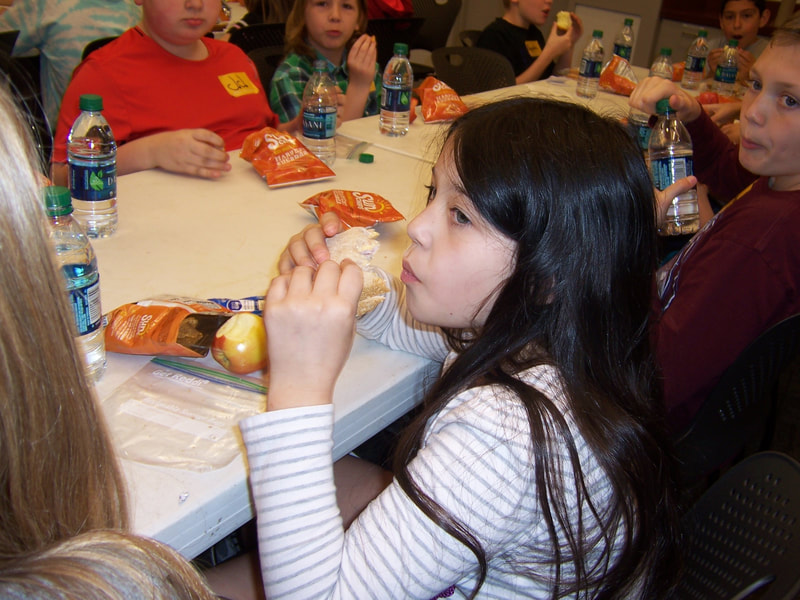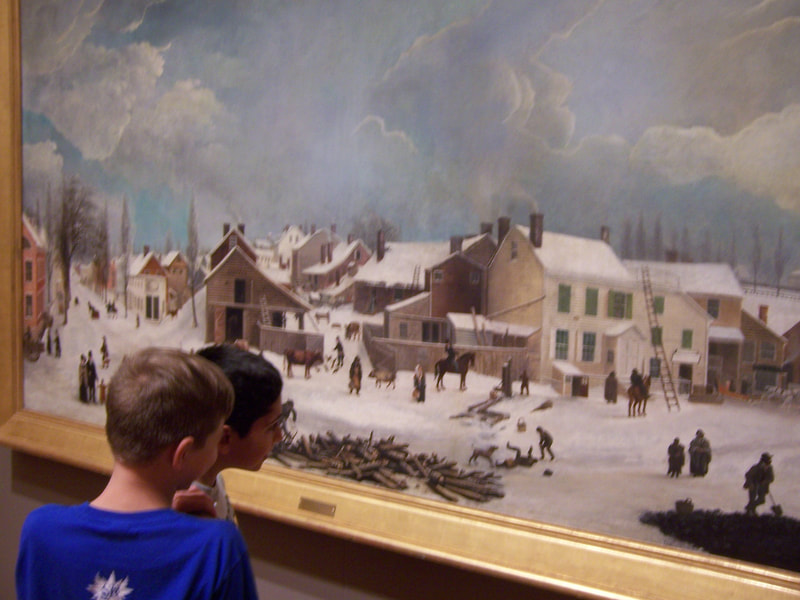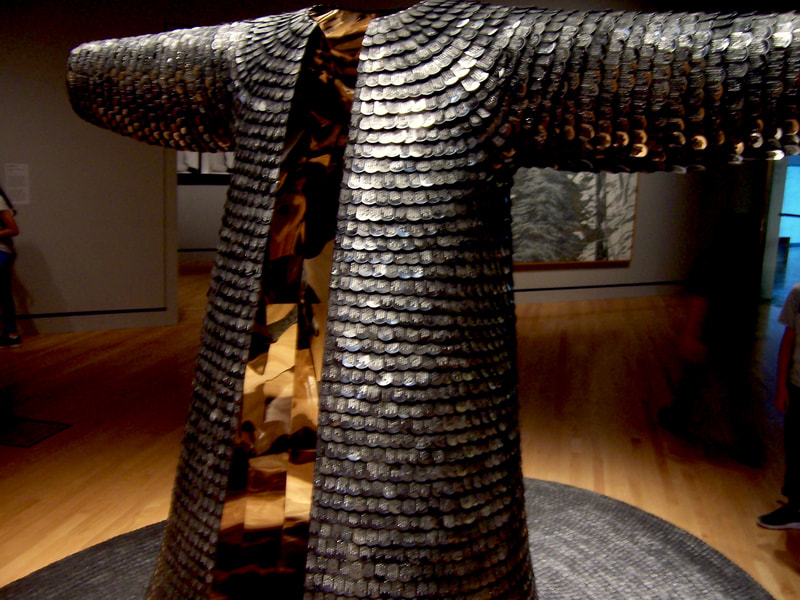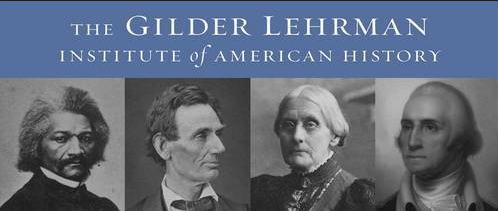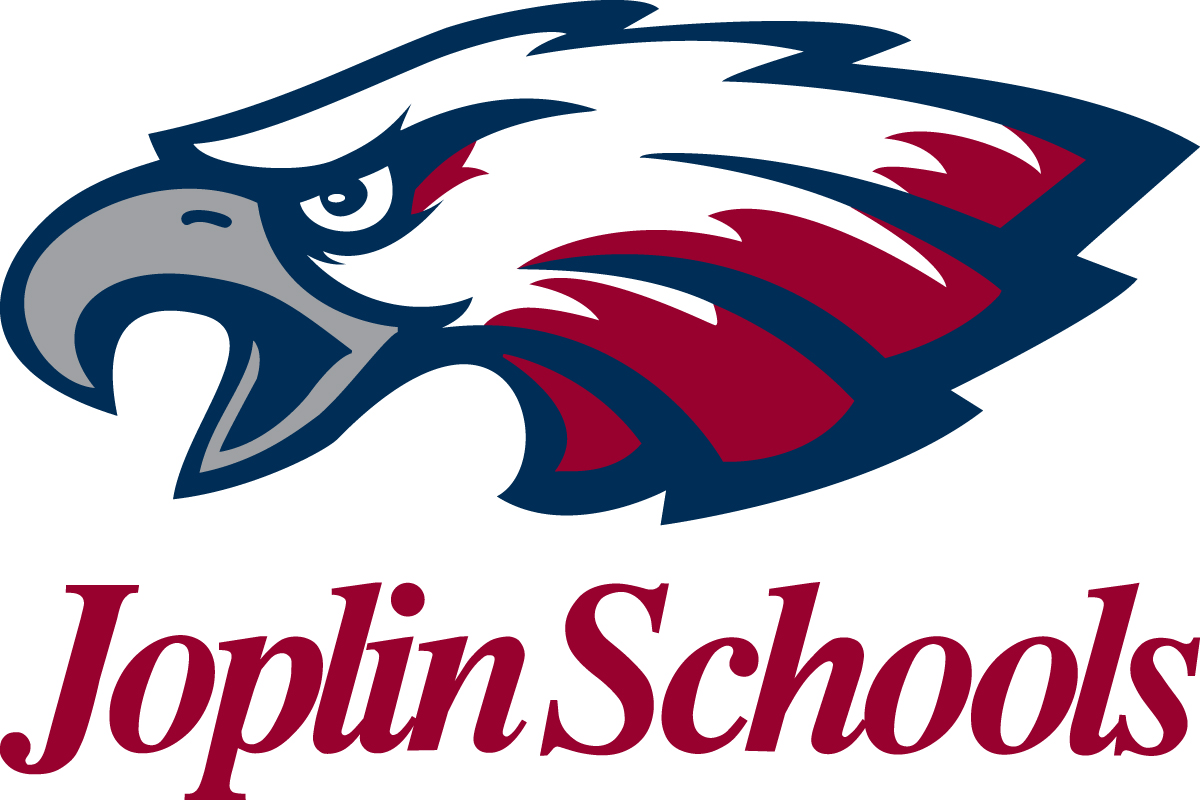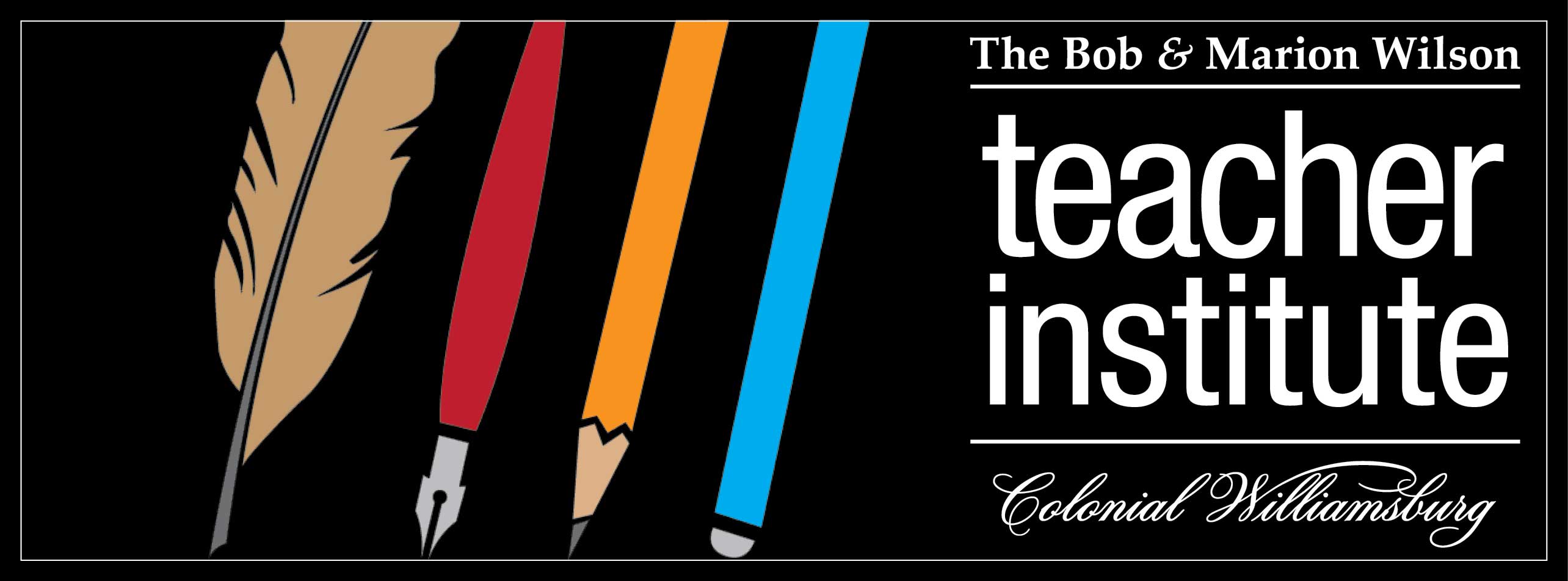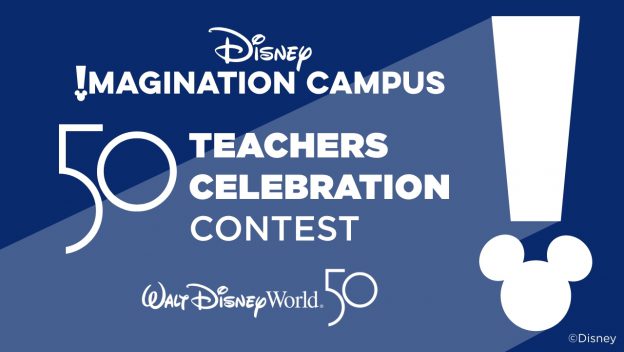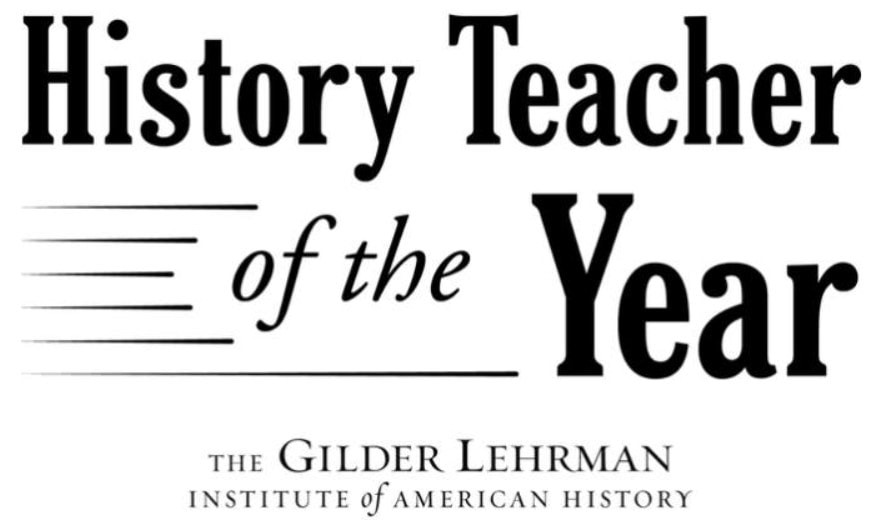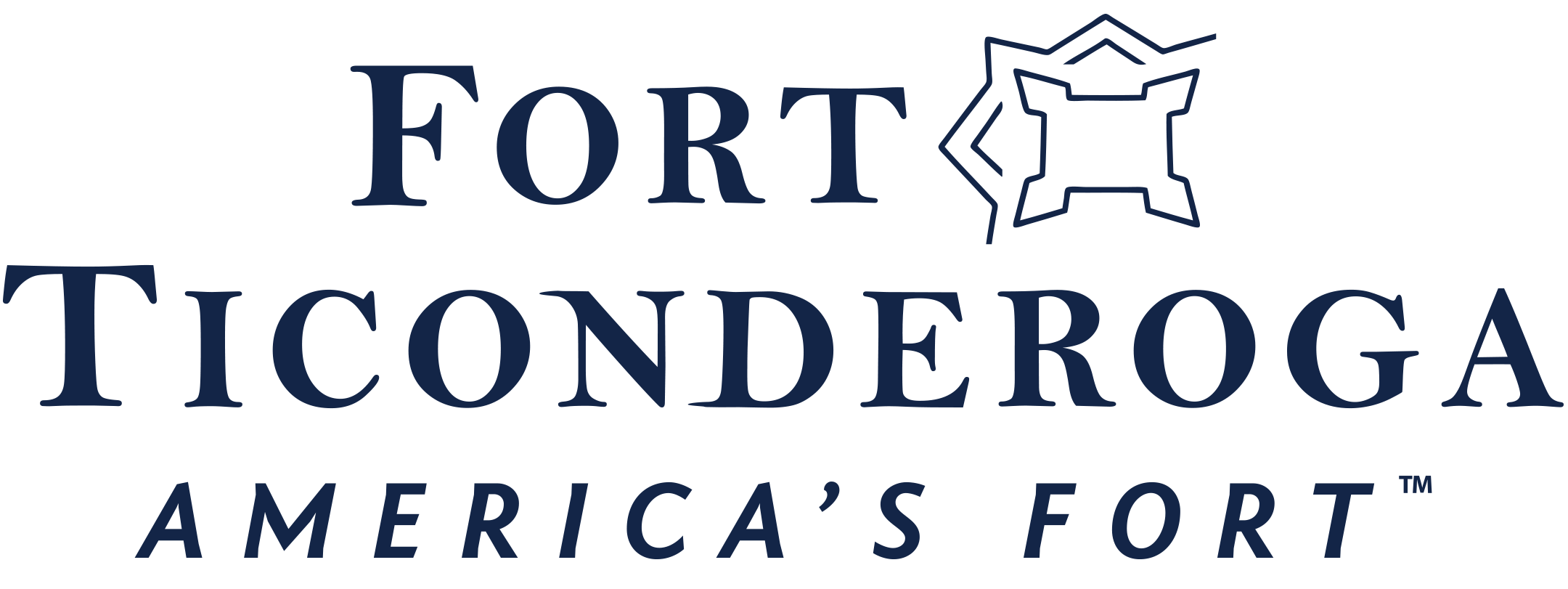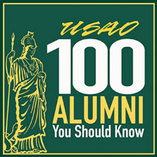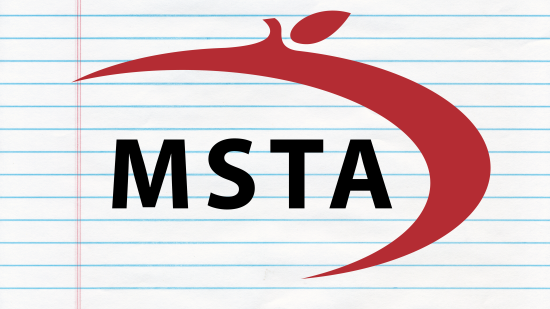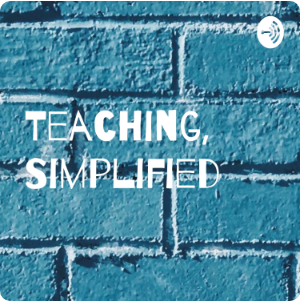|
Some young citizens dressed in the reproduced clothing from the American Independence Museum in Exeter, New Hampshire, last week. The costumes and many other replicas from the Revolutionary Era were on loan through the museum's traveling trunk program.
0 Comments
"You could be good today, but instead you choose tomorrow."
(Roman Emperor Marcus Aurelius)
Choose your preferred platform to listen, subscribe, and share:
We worked with a trunk from the American Independence Museum in Exeter, New Hampshire, this week. Inside the trunk was quite a collection of goodies, allowing for students to see and touch what it was like in America's revolutionary era. From games to money to clothing from the age, it was great to see the Revolution in 3D. Students enjoyed experiencing these replica items, this week.
Photos of these tools in the hands of my fourth graders will be posted on Monday.
By robbing children of relevant historical discussions, we blur our nation’s founding principles. Yet, tomorrow’s leaders enter my classroom ignorant of their own history. In today’s educational world, history is often relegated to dusty corners. While students search to apply lessons of the past, history too often remains hidden. I pull back the curtain on history for my fourth grade students, bringing it to the forefront in our unique classroom. Notification about this residency is expected to come in the next few days.
Wishtree is one of the 12 books on the 2020 Mark Twain Award finalist list. It has an interesting premise: the tree tells the story. I was intrigued when I read previews for the book.
The part I enjoyed the most was the ways in which Red's friends, the animals, named themselves. In this, there was a certain amount of poetry. Applegate really captured the essence of the various species.
All in all, the story was a pretty simple one, not too complicated and not too deep. I guess that was the author's intention - to tell a meaningful story in a simple way - although I doubt, in reality, that things could resolve themselves as quickly as this.
I'm continuing to work my way through available books about the founding era of the United States. With this latest round of reading, I have read a whopping 27 books related to the historical period in the last year. Bunker Hill, written by acclaimed author Nathaniel Philbrick, was a difficult read for me because of the manner in which the author intertwines quotes with narrative. This was the first Philbrick book I've picked up, and I was more distracted by the syntax and general use of grammatical mechanics. That's not to say I will never attack another book by the author, but for the time being, there are some authors that I will try out before I do. Bunker Hill was filled with facts about the events surrounding the famous revolutionary battle, and I did learn more about the city of Boston. I am intrigued to imagine John Quincy Adams as a child, observing the battle from nearby, and I (as others) wonder at how such an experience might have molded the future president.
The second book is one for intermediate grade children. Titled The Thrifty Guide to the American Revolution, this book banners a subtitle of A Handbook for Time Travelers. I've always been a sucker for time travel stories as long as they are told well, but this is not a novel. The book is set up as if the reader has purchased a tourist package back in time to the Revolution. Interlaced with humor, the line between silliness and facts is clear, and the book has much to offer for someone who wants to learn. Some serious topics are approached in a light-hearted manner that doesn't portray the realism of consequences during the founding period, but it's also a welcome relief to laugh once in a while and not take everything so seriously. I asked for two books for Christmas: The first, American Crisis, was written by William Fowler Jr. Bill was the lead scholar during my summer residency at George Washington's Mount Vernon, and I came to greatly appreciate his expert historical knowledge and his presentation skills. I wish I could imagine his voice, with its thick Boston accent, while reading what he wrote in this volume, but I had to really focus to do so. In places, the book seemed to get the best of itself, including too many details along the way, and I got lost following all of the side paths. Still, I can't stay negative when talking about Dr. Fowler. I have fond memories of his presentations at Mount Vernon, from the centuries-old background to the Revolution, to his debate with an Englishman about the causes and reasons for the Revolution, to his hearty and beautiful and tearful account of General Washington's Newburgh address that likely averted a military coup on Congress. Fowler has written several books, but I chose this one because it includes Washington's address at the end of his military career. Finally, I read Astoria, the second of my Christmas book requests. Astoria is set later in history, in the 1810s. It is a stretch to include in in a list of books about the revolutionary era, but with Thomas Jefferson as an influential character, I will allow it. Astoria was the pioneer settlement dreamed of and funded by John Jacob Astor for the purpose of cashing in on newly discovered opportunities for the fur trade. This comes on the heals of Lewis' and Clark's expedition, and piggybacks on information and maps drawn from their experience. Where Lewis and Clark only lost one explorer (to appendicitis), Astoria is laden with loss. From shipwreck at the treacherous Pacific mouth of the river to Native scalpings and other brutalities, from starvation to the heartbreaking loss of an infant born amidst the fray, Astoria saw its share of tragedy. That's not to mention the corporate competition that sparked infighting and backstabbing along the way. I went into this account without knowing anything about it. Peter Stark skillfully tells the story.
Choose your preferred platform to listen, subscribe, and share:
After learning about John Paul Jones, we wondered about communicating between ships before radios or other modern signaling devices were available. Today, there is an international code of flags they can use. Students used that code to make their initials to display in the classroom.
We were talking about Native Americans during the Revolution. Some allied with the British, and others with the Americans. So I pulled out some of my old Oklahoma resources, and show the class examples of people from many of the tribes that were forced to settle in that state. Students reproduced the portraits in pencil sketches. We're impressed with the final products. I asked students to "get to know" their assigned individual. I wanted them to wonder why their hair was fixed in a particular way, where they received their wrinkles, why they were dressed in a certain manner. We think we appreciate the Native People than we did before this project. Some of our pencil sketches will be on display at Thursday's family art walk.
The final portion of our grant with Crystal Bridges Museum of American Art included a field trip.
Last Friday, Cecil Floyd fourth graders embarked on buses for a rainy-day visit to the world-class facility. |
AnthemThe Hoggatteer Revolution
is an extensive, award-winning, inimitable, digital platform for Encouraging and Developing the Arts, Sciences, and honest Christianity in the beautiful, friendly LAND OF THE FREE AND THE HOME OF THE BRAVE This site is described as
"a fantastic site... chockablock full of interesting ideas, hilarious anecdotes, and useful resources." 
...to like, bookmark, pin,
tweet, and share about the site... and check in regularly for new material, posted often before DAWN'S EARLY LIGHT! History in ResidenceElementary Schools: Bring Mr. Hoggatt into your classroom for a week of engaging and rigorous history programming with your students. LEARN MORE BUILDING BETTER
|
